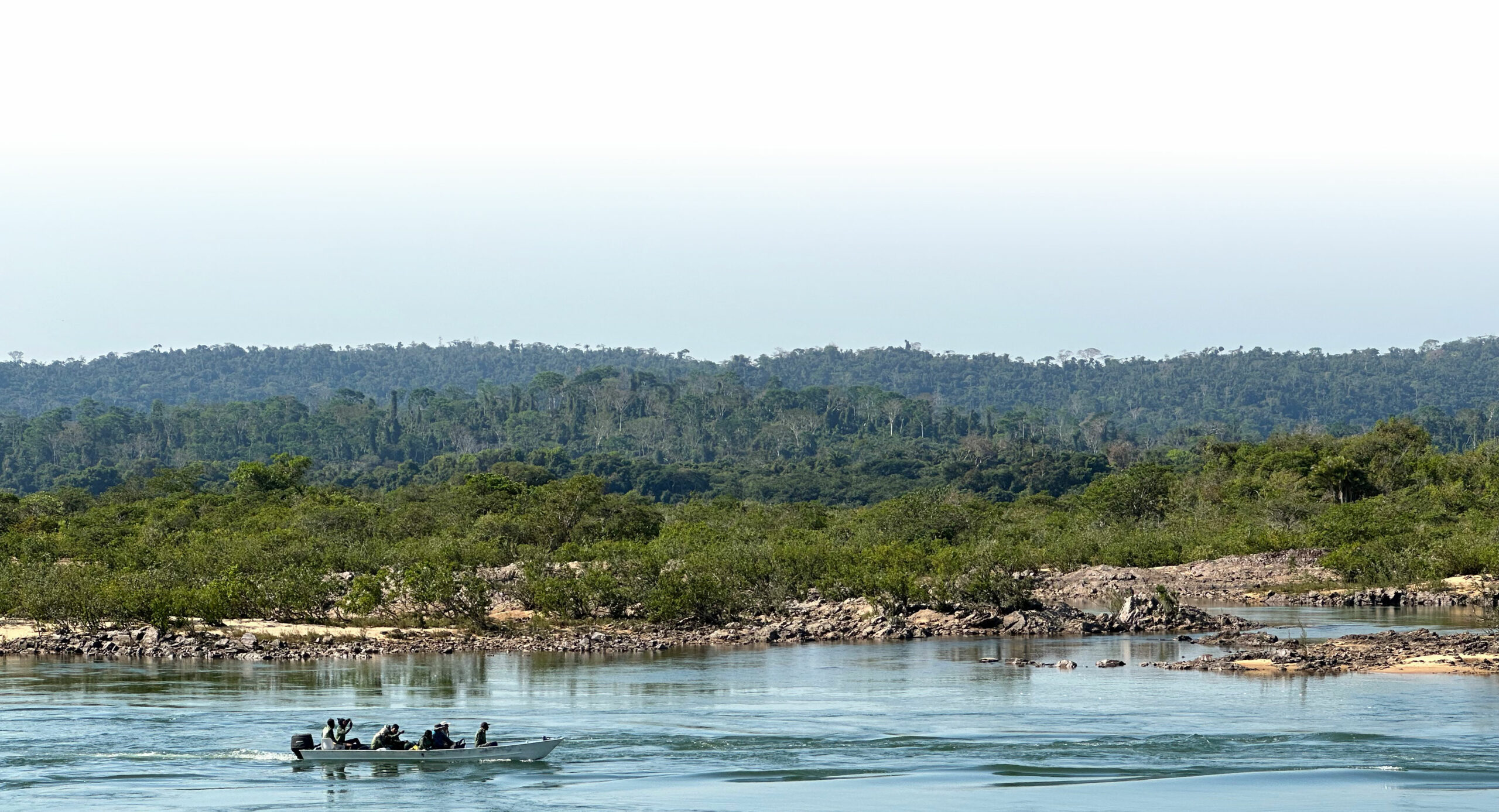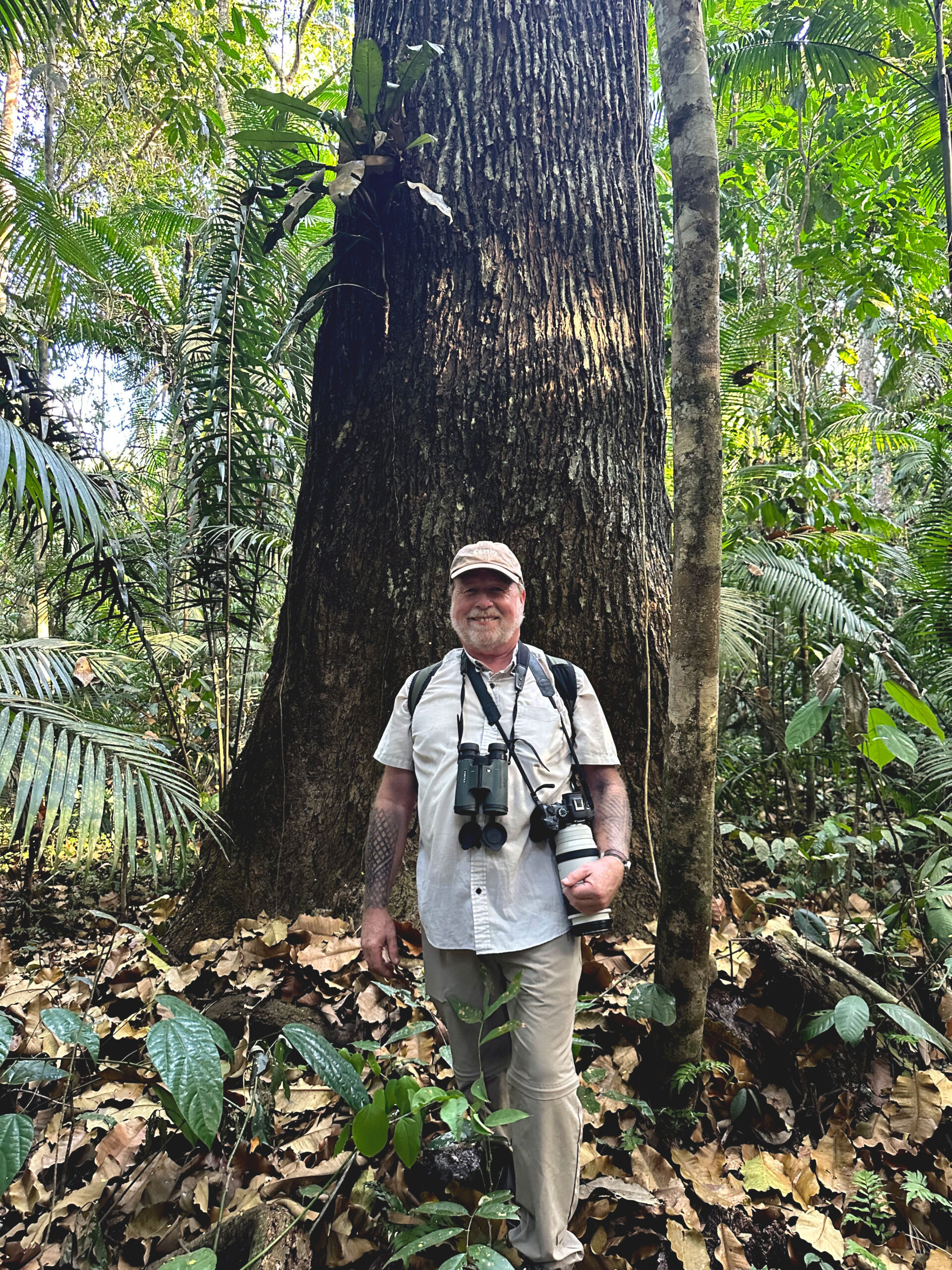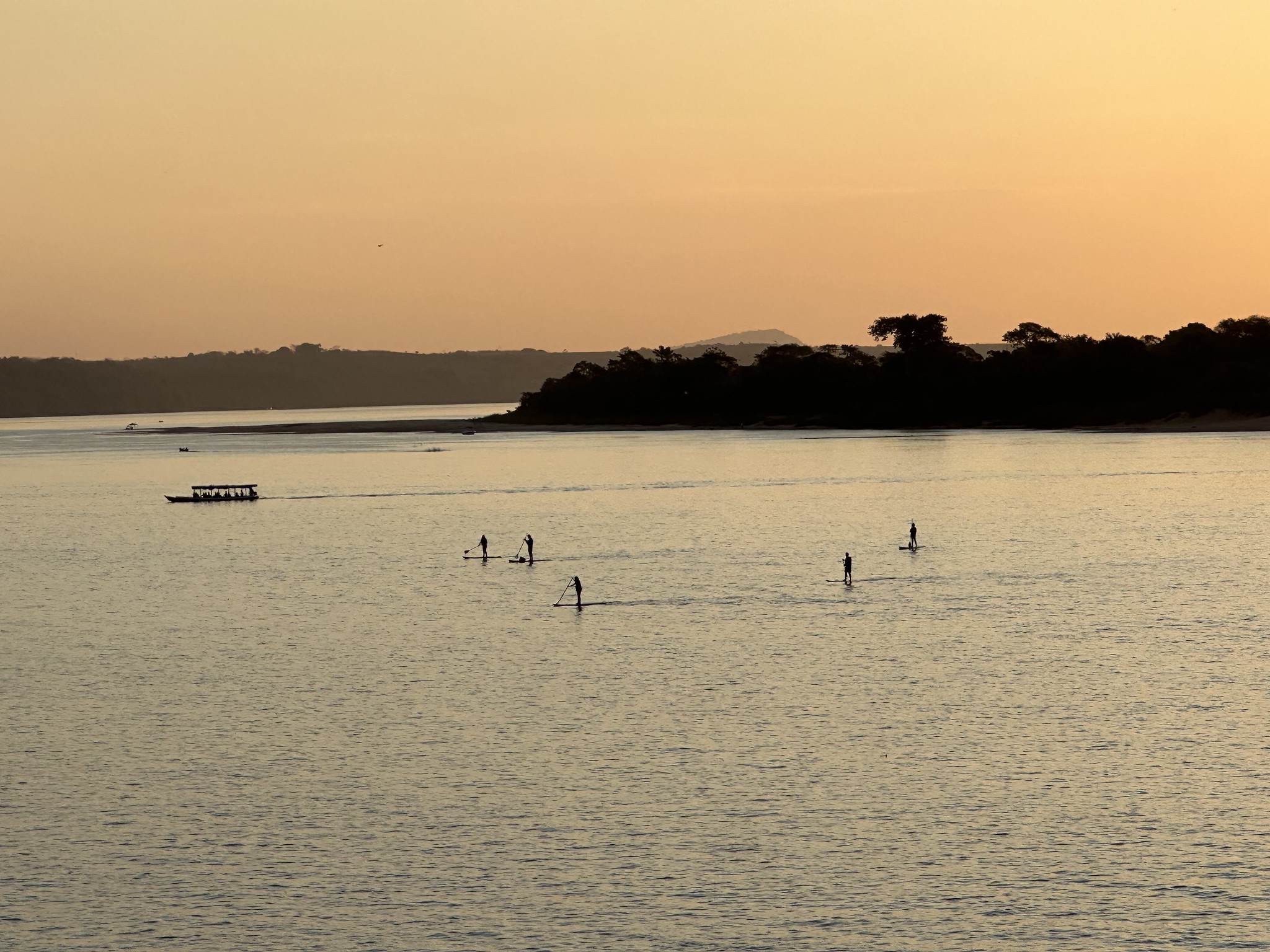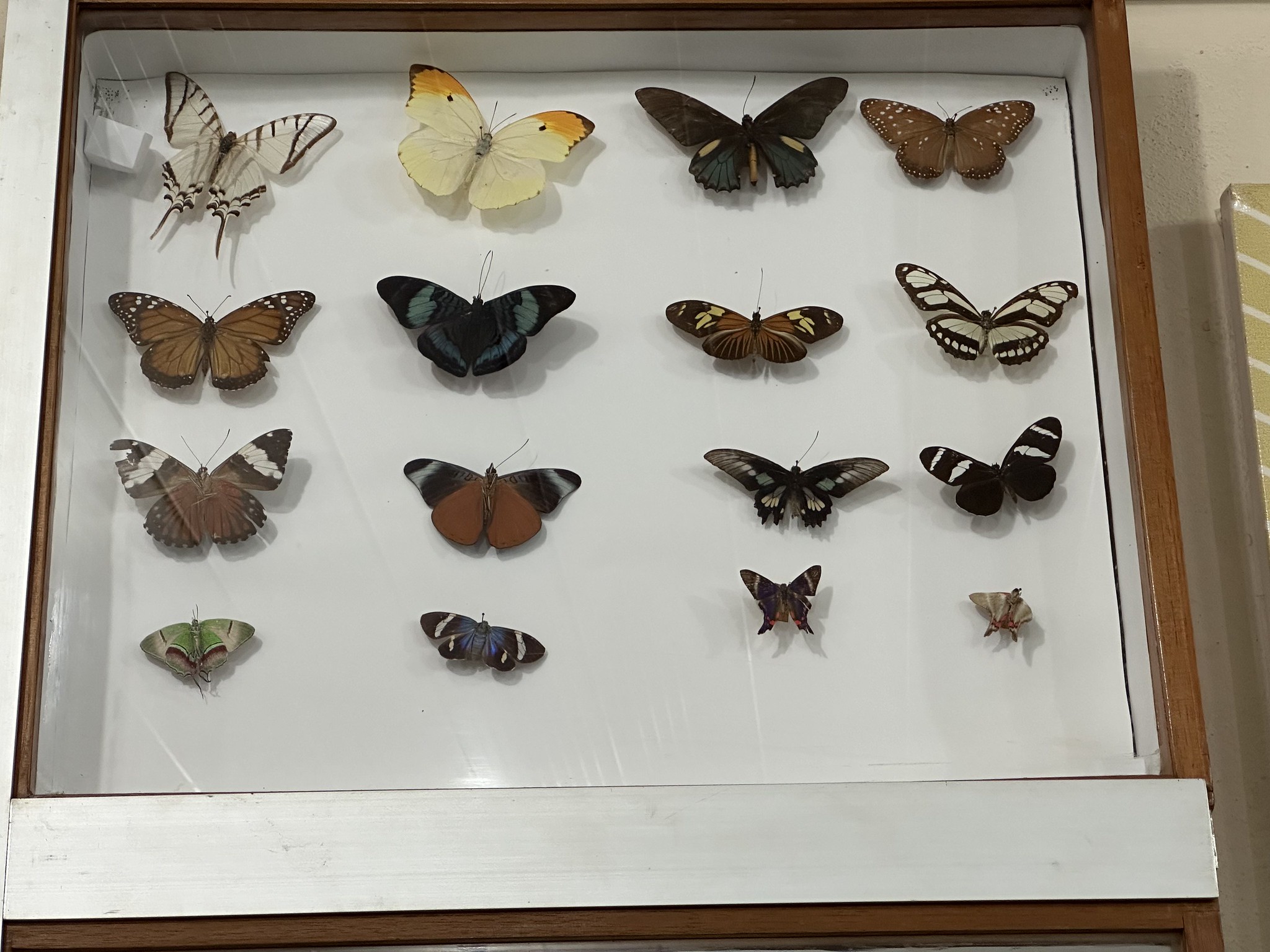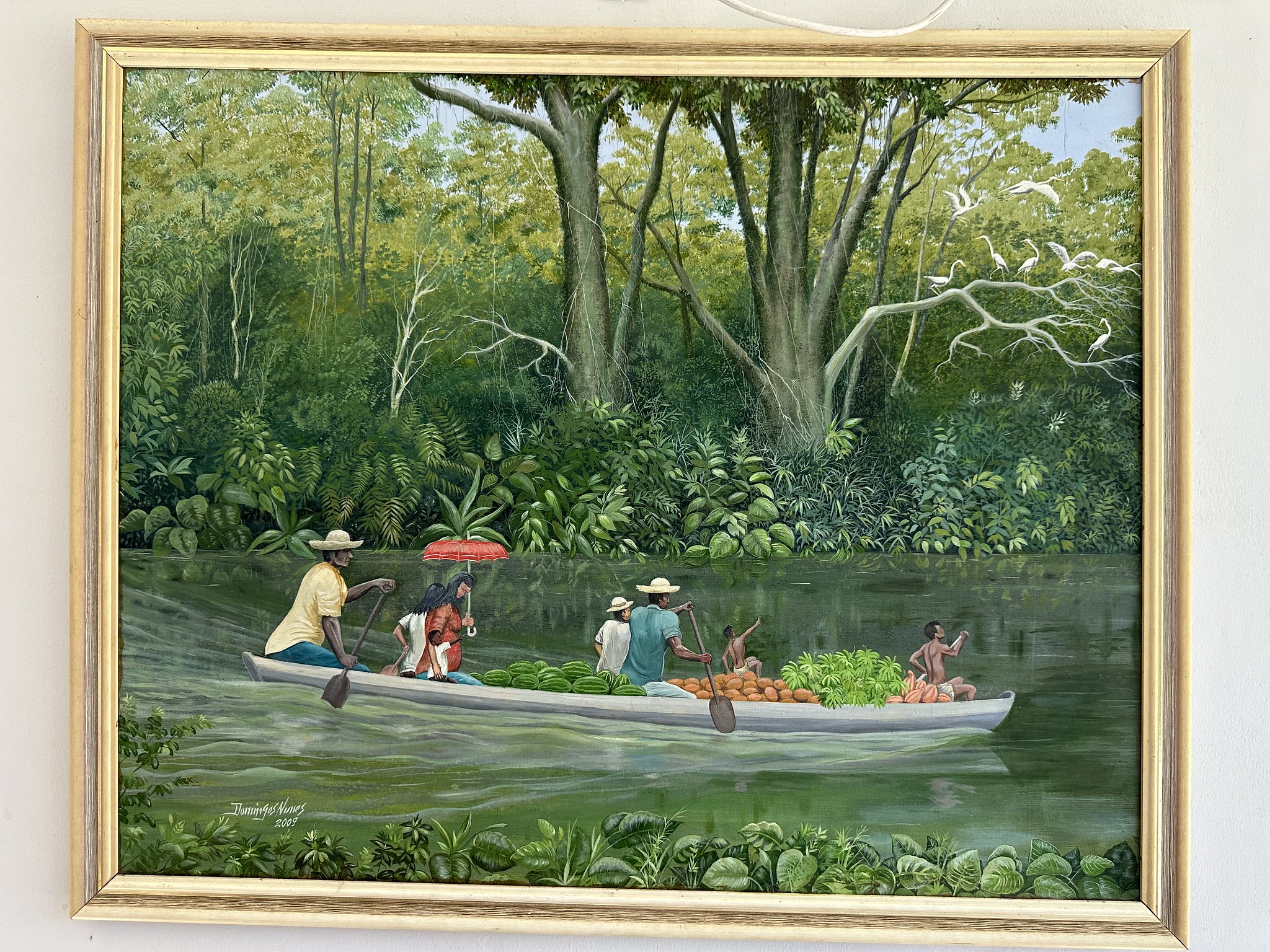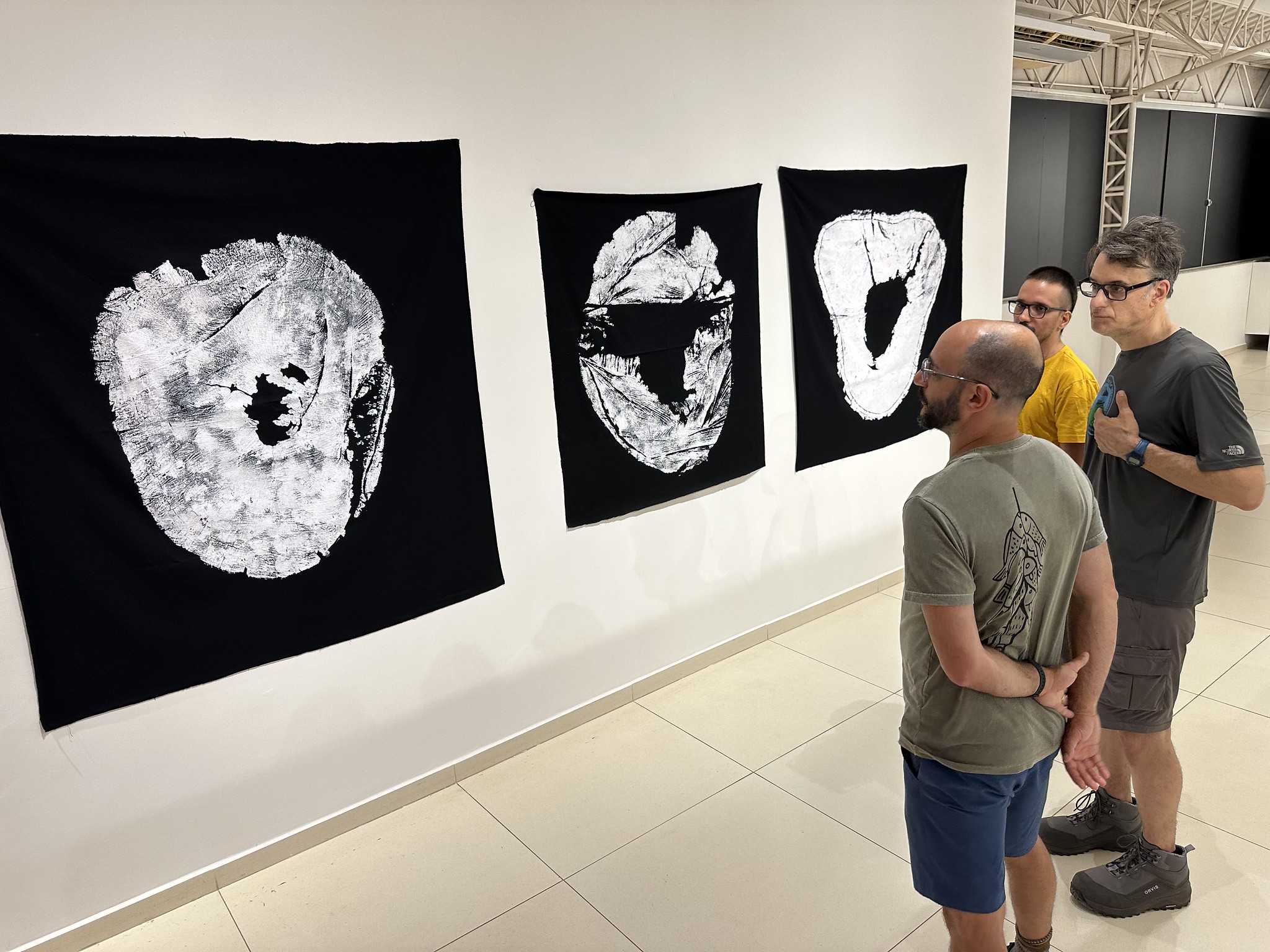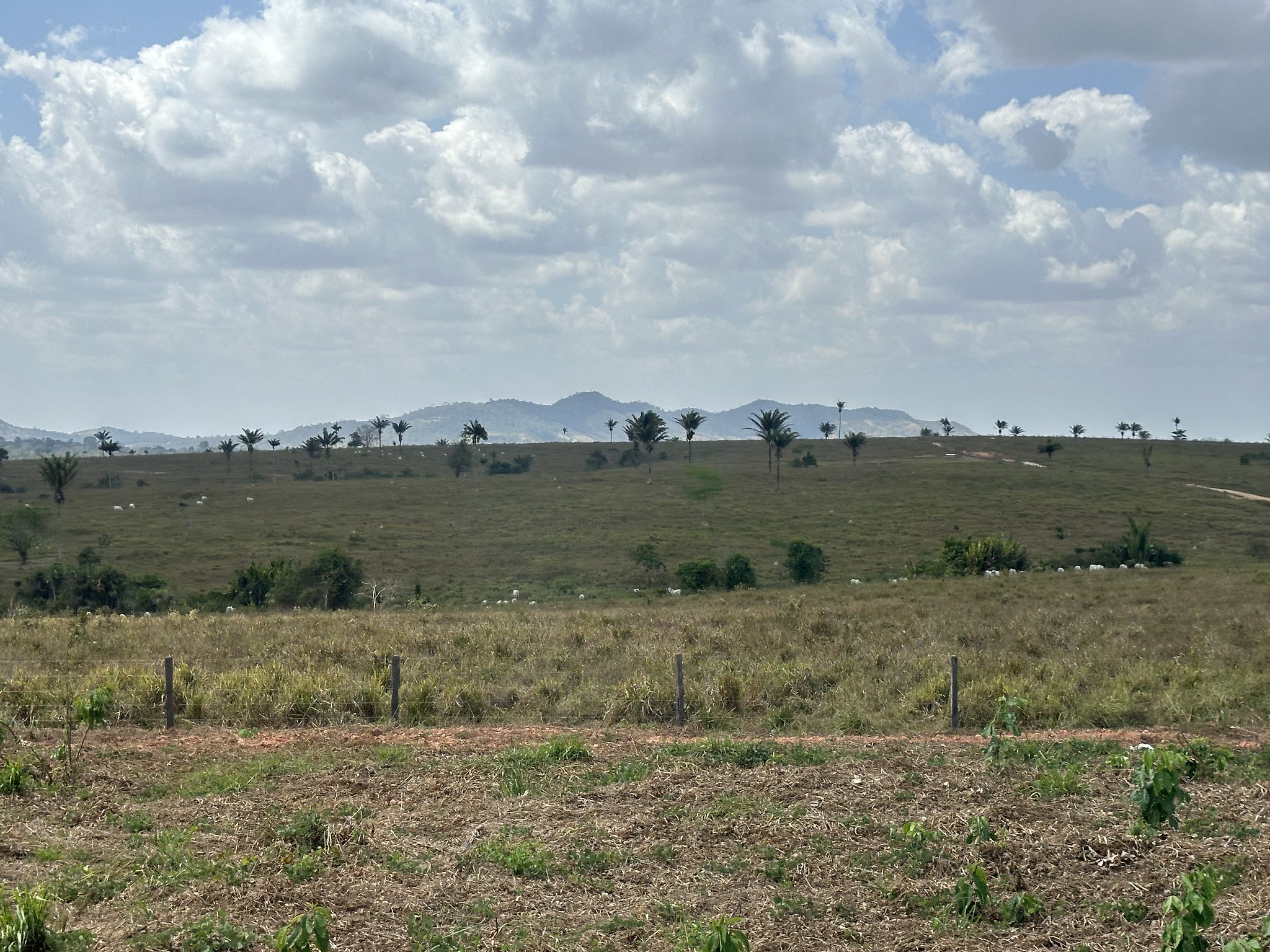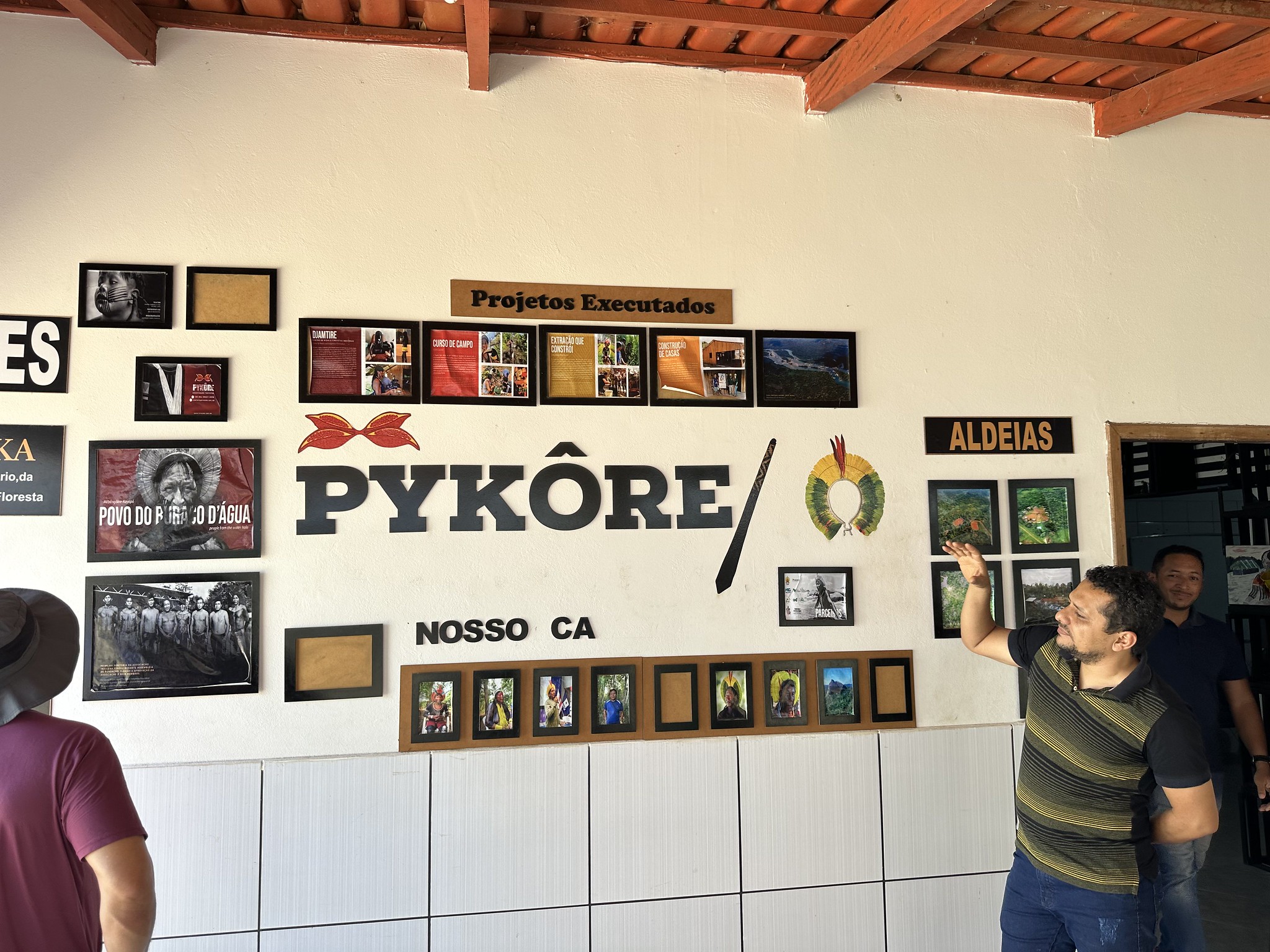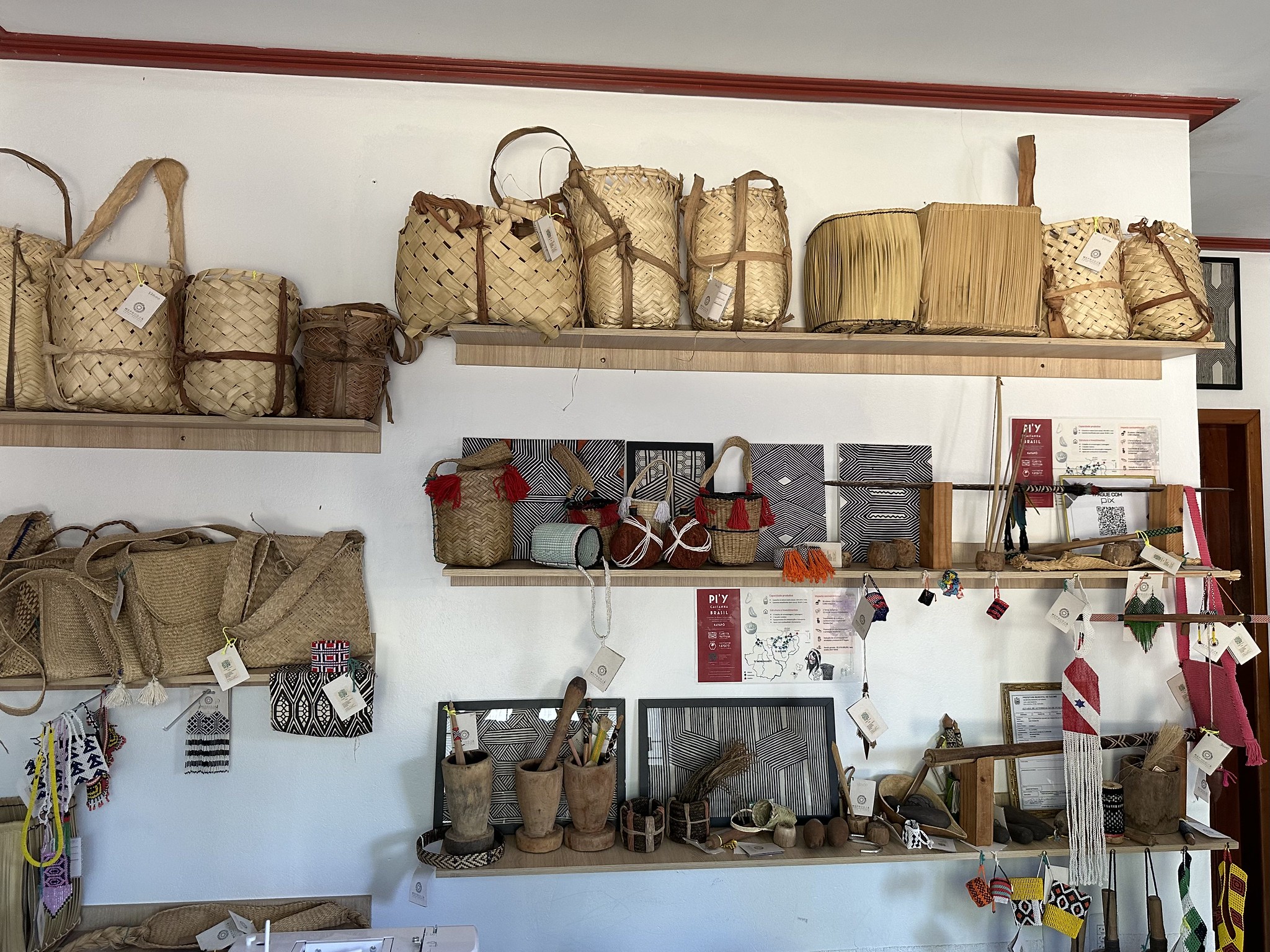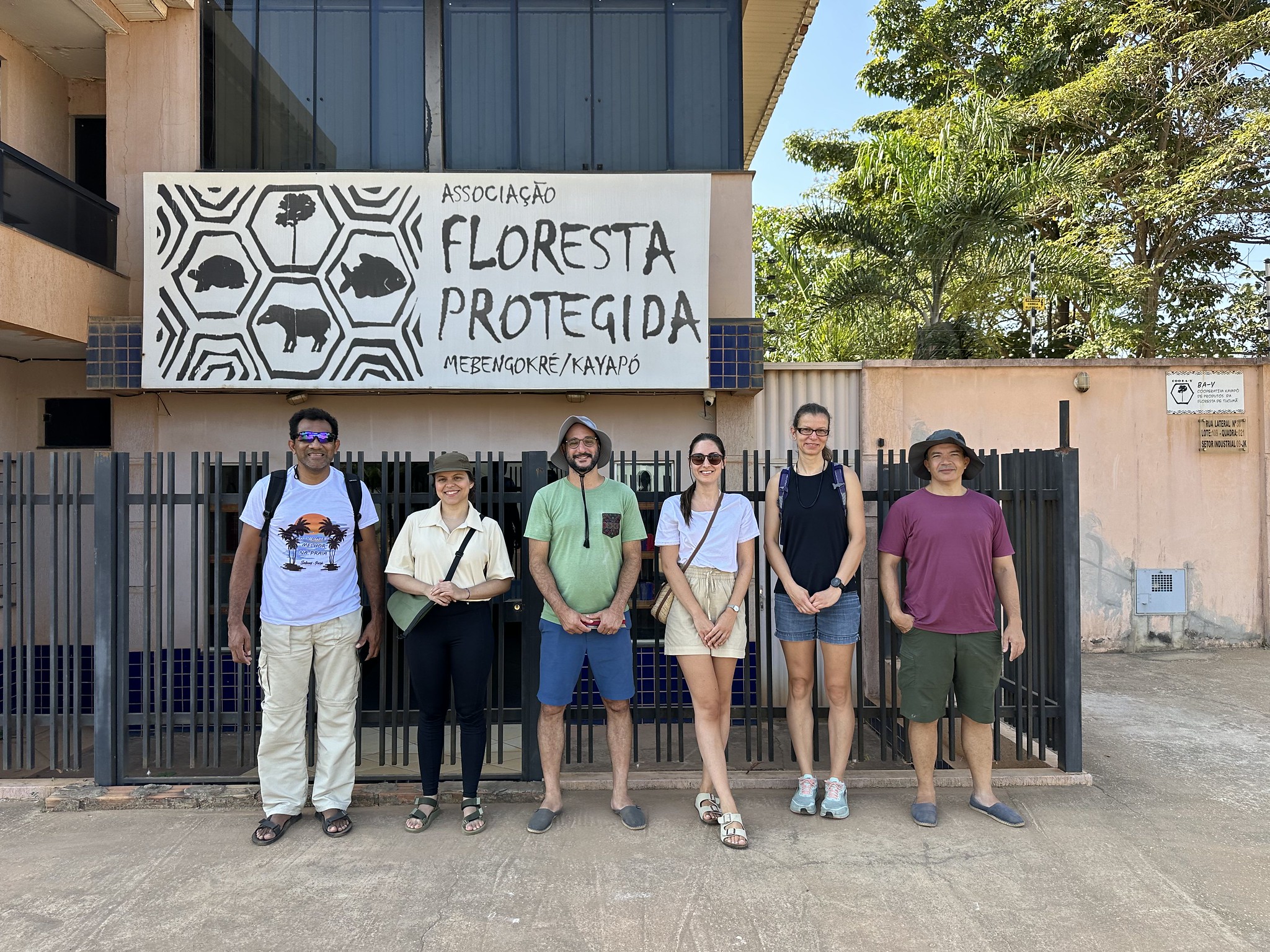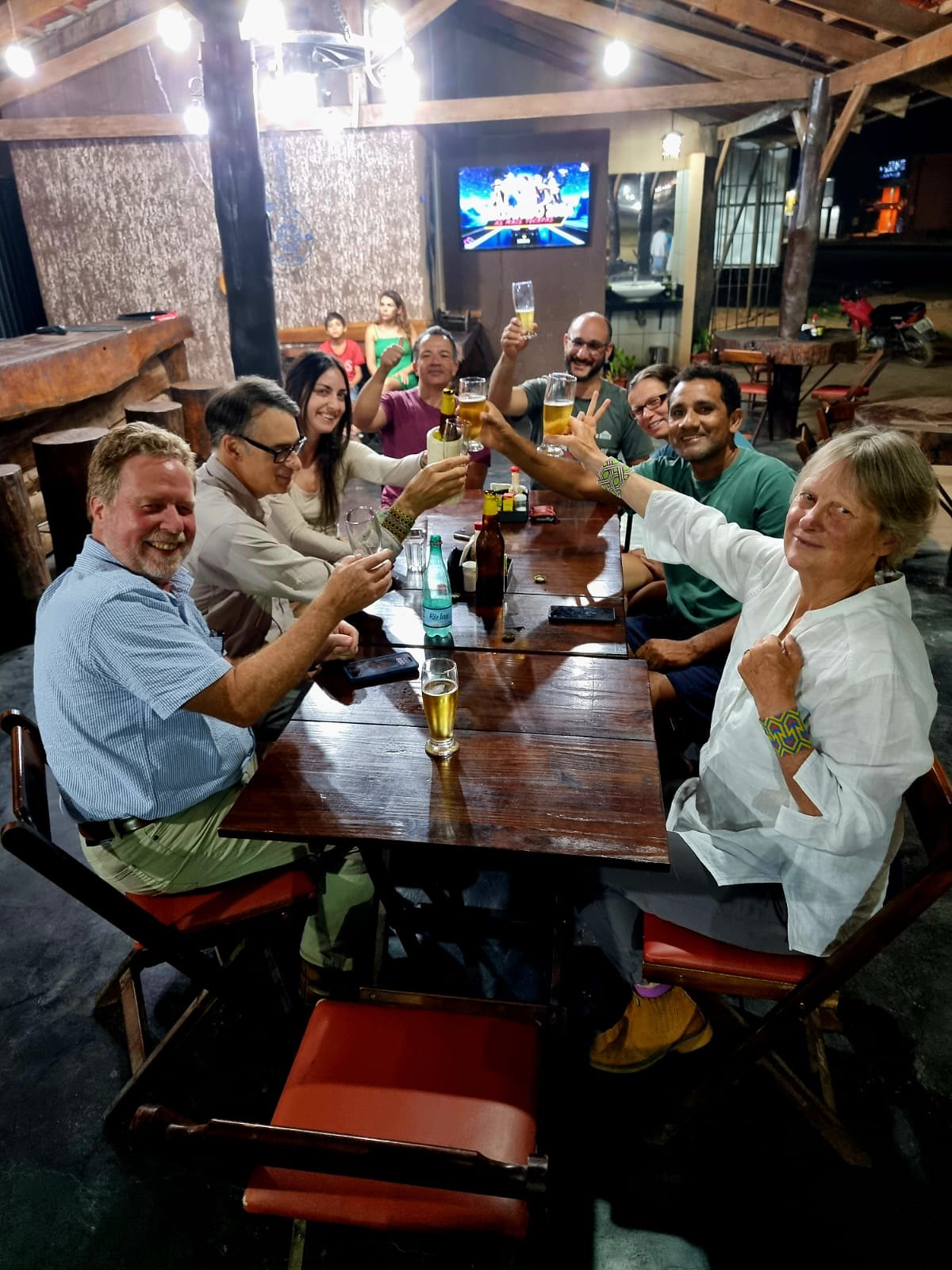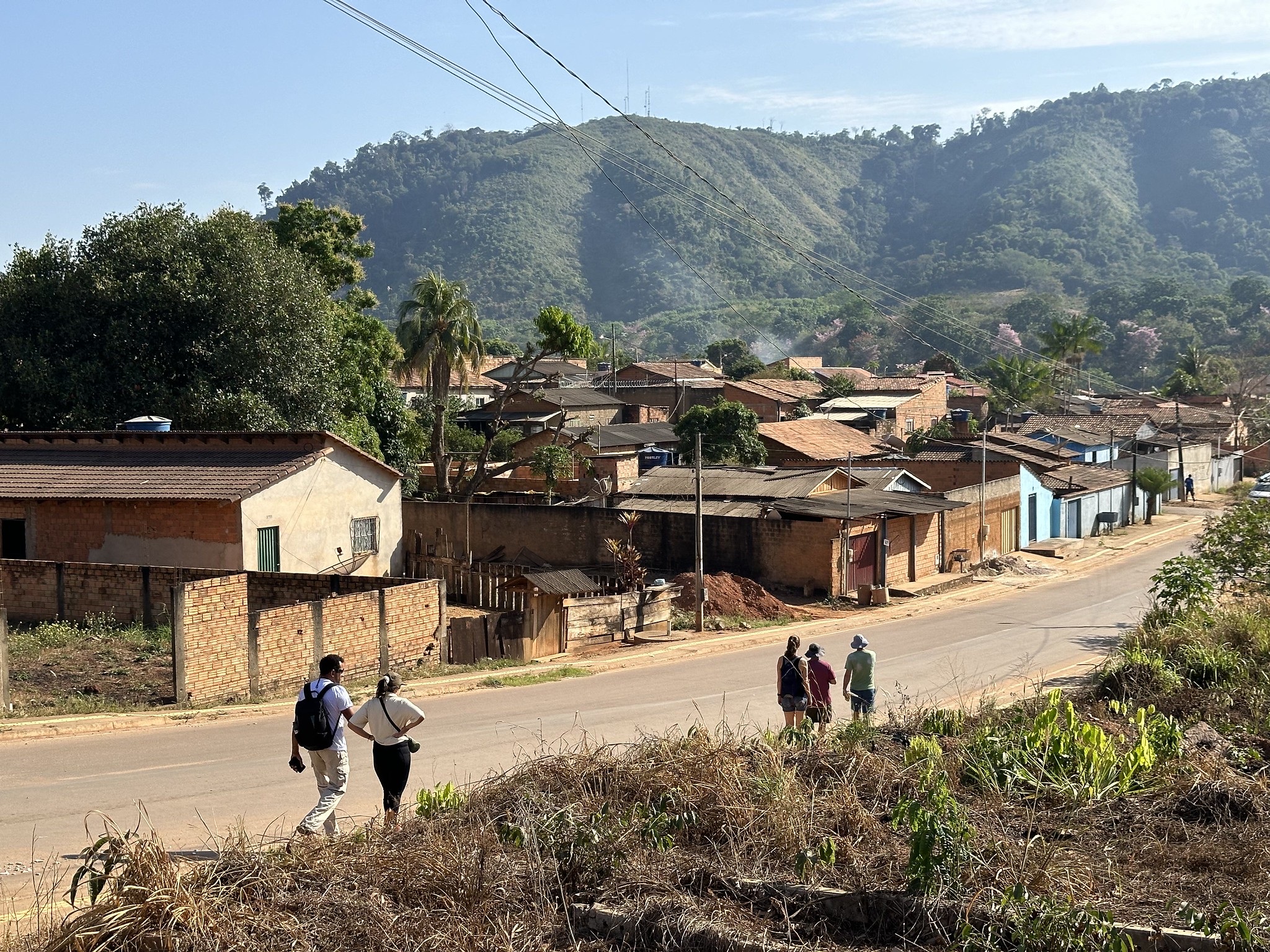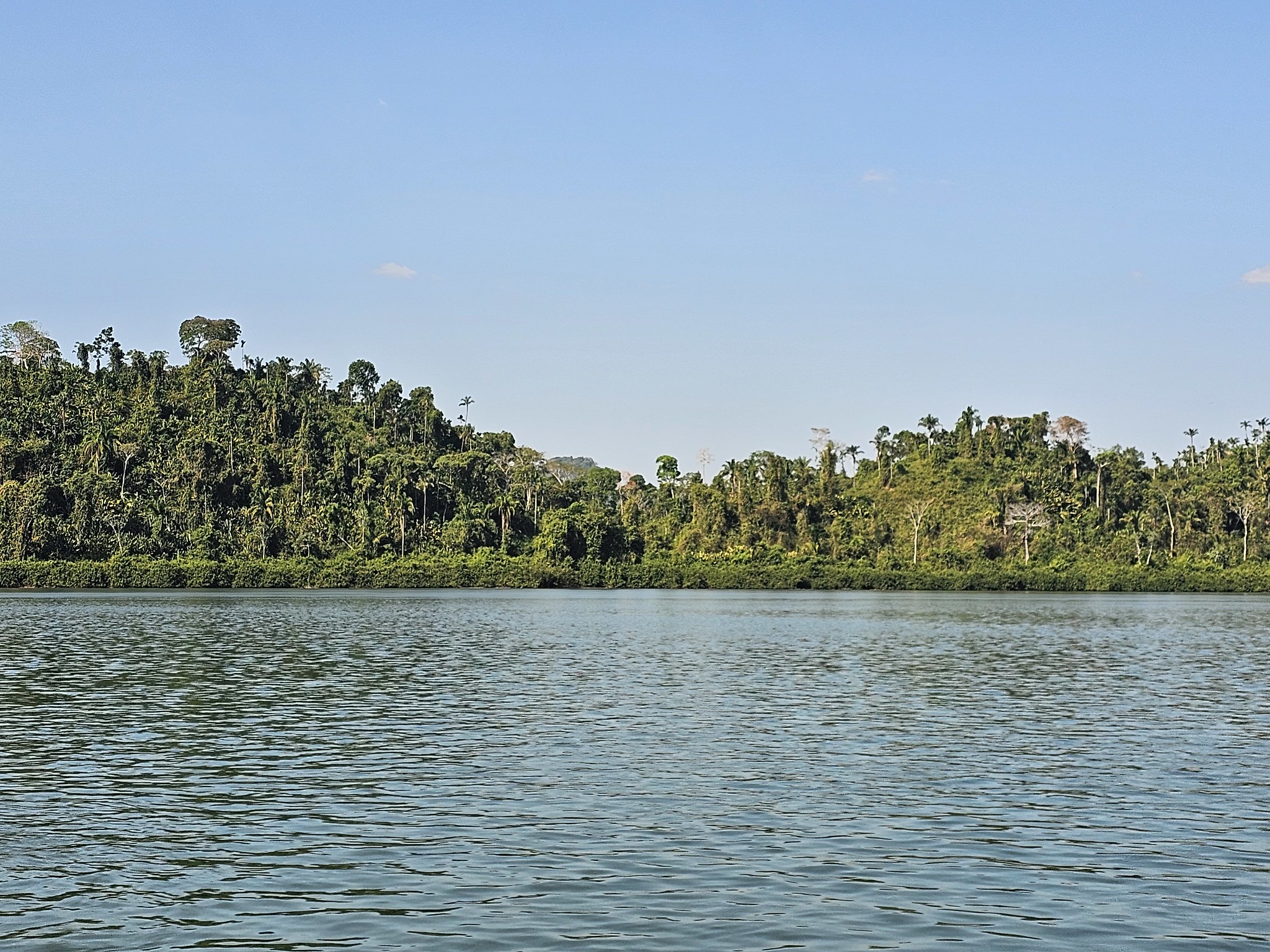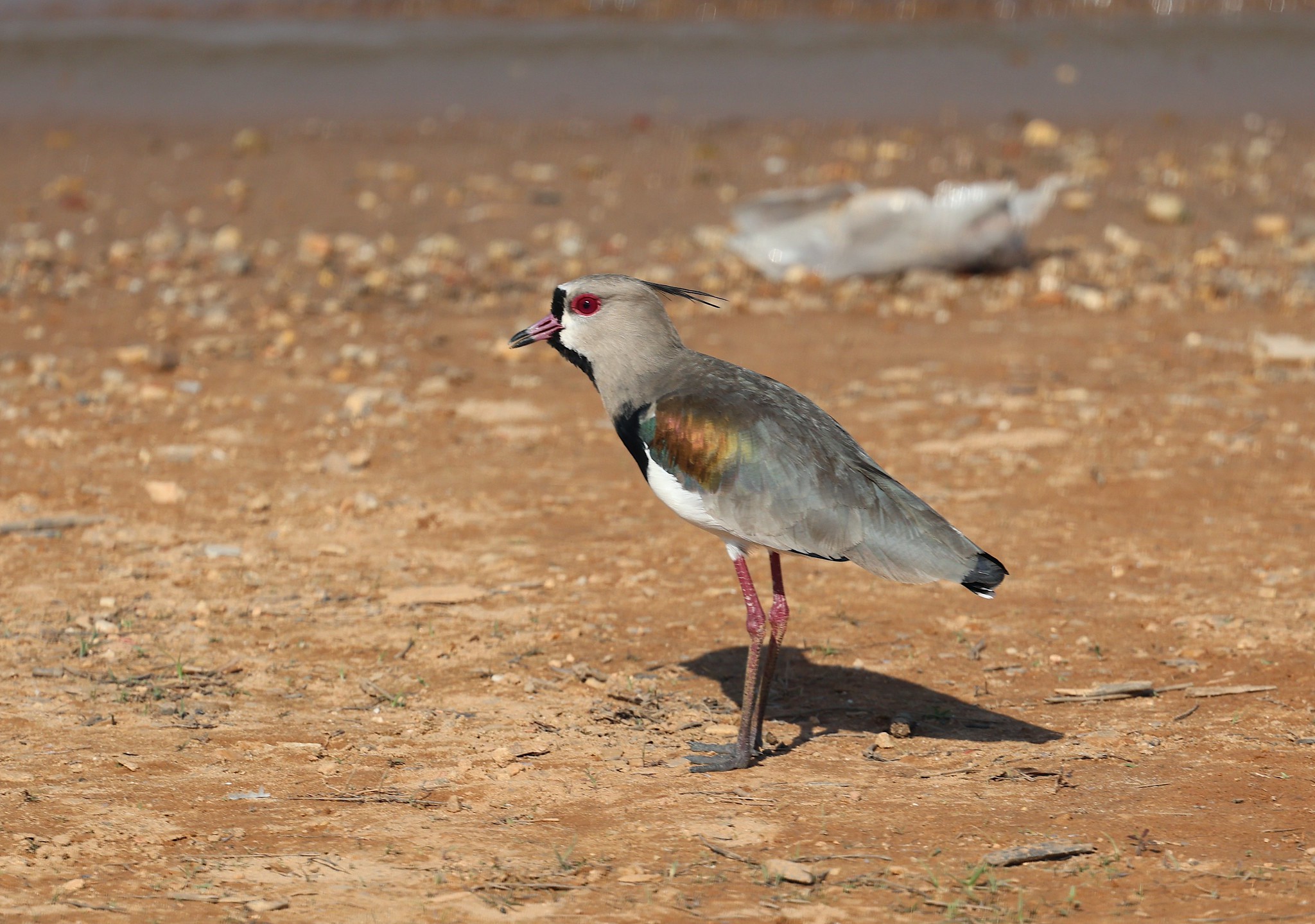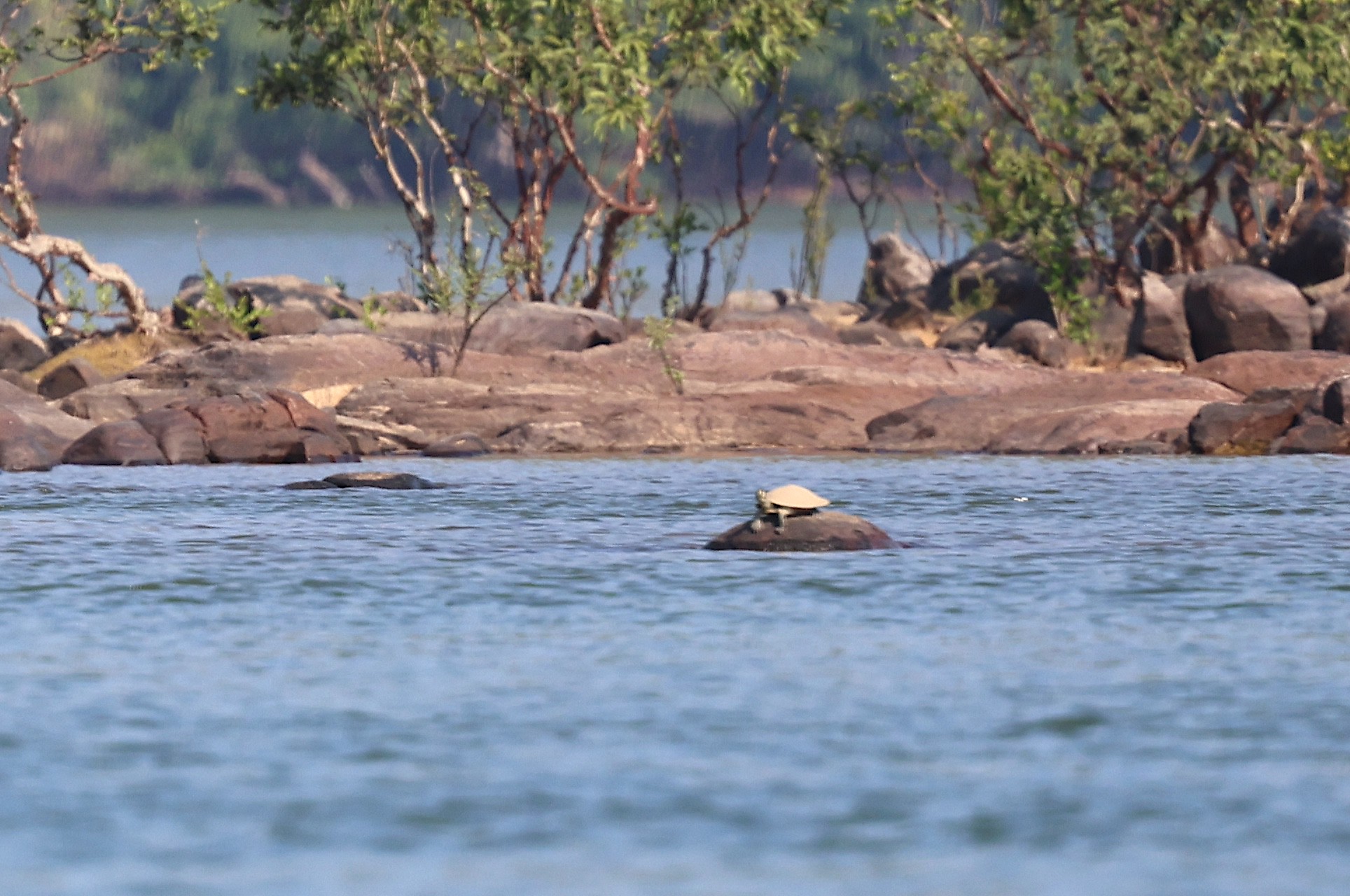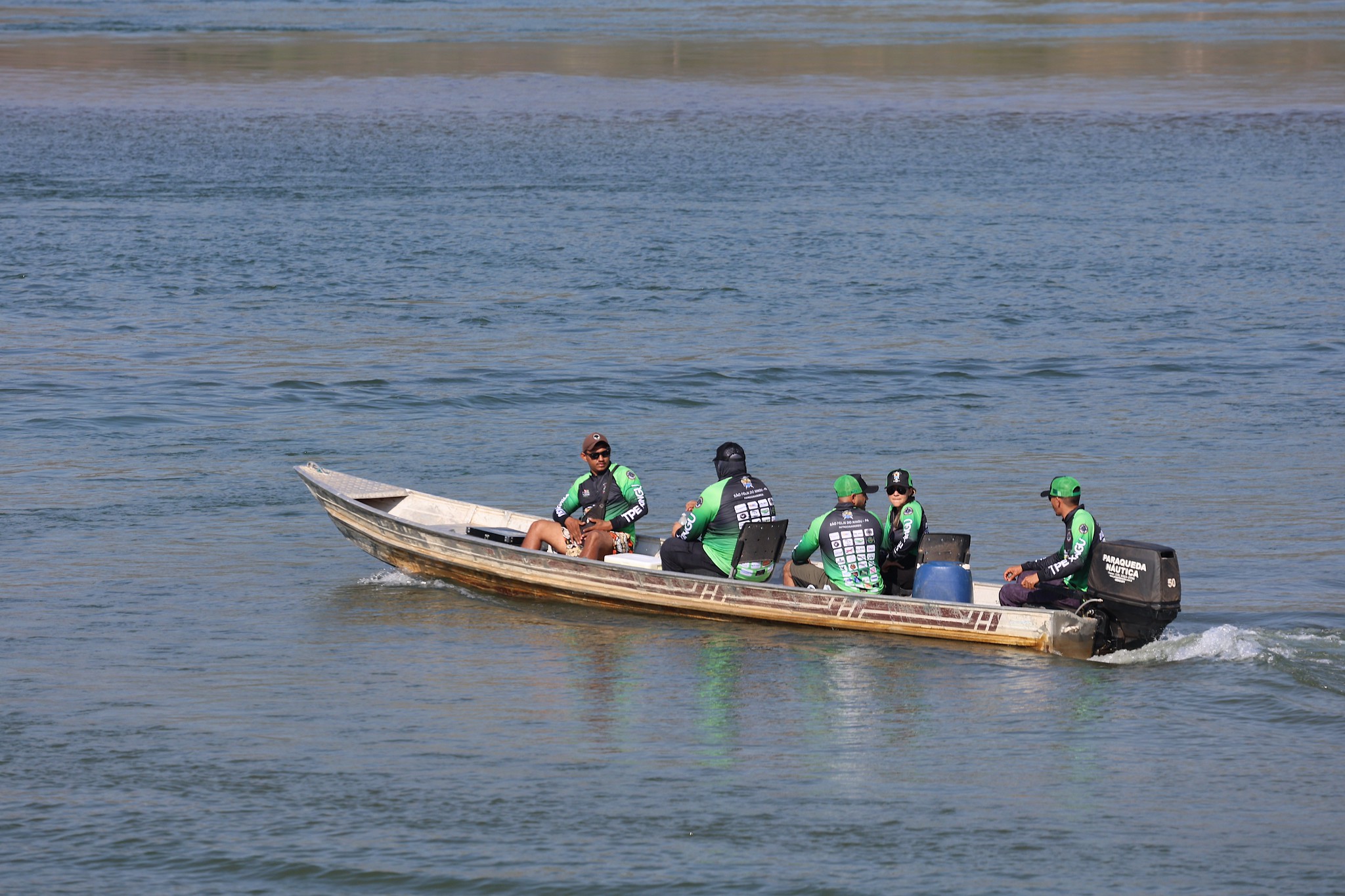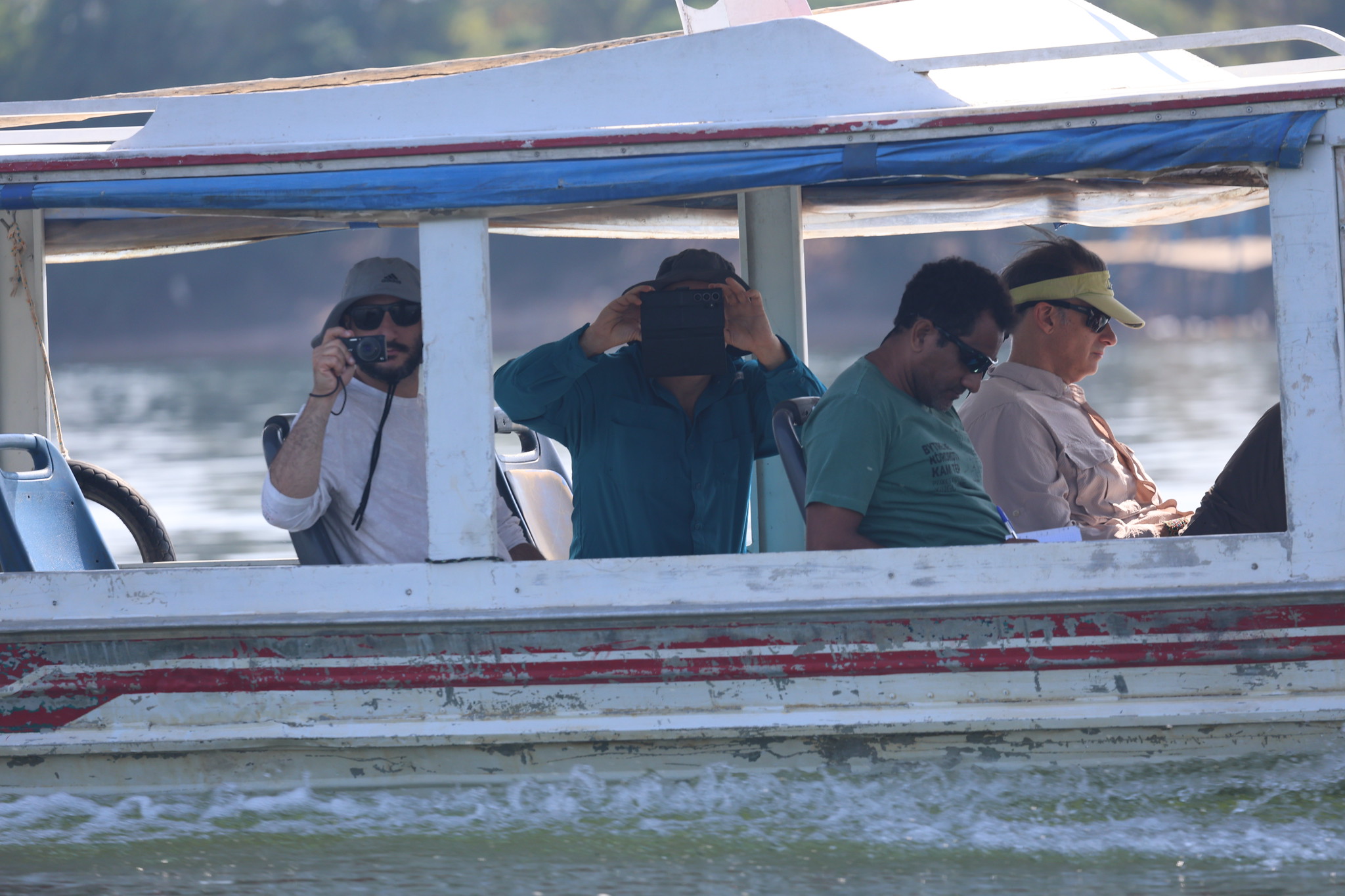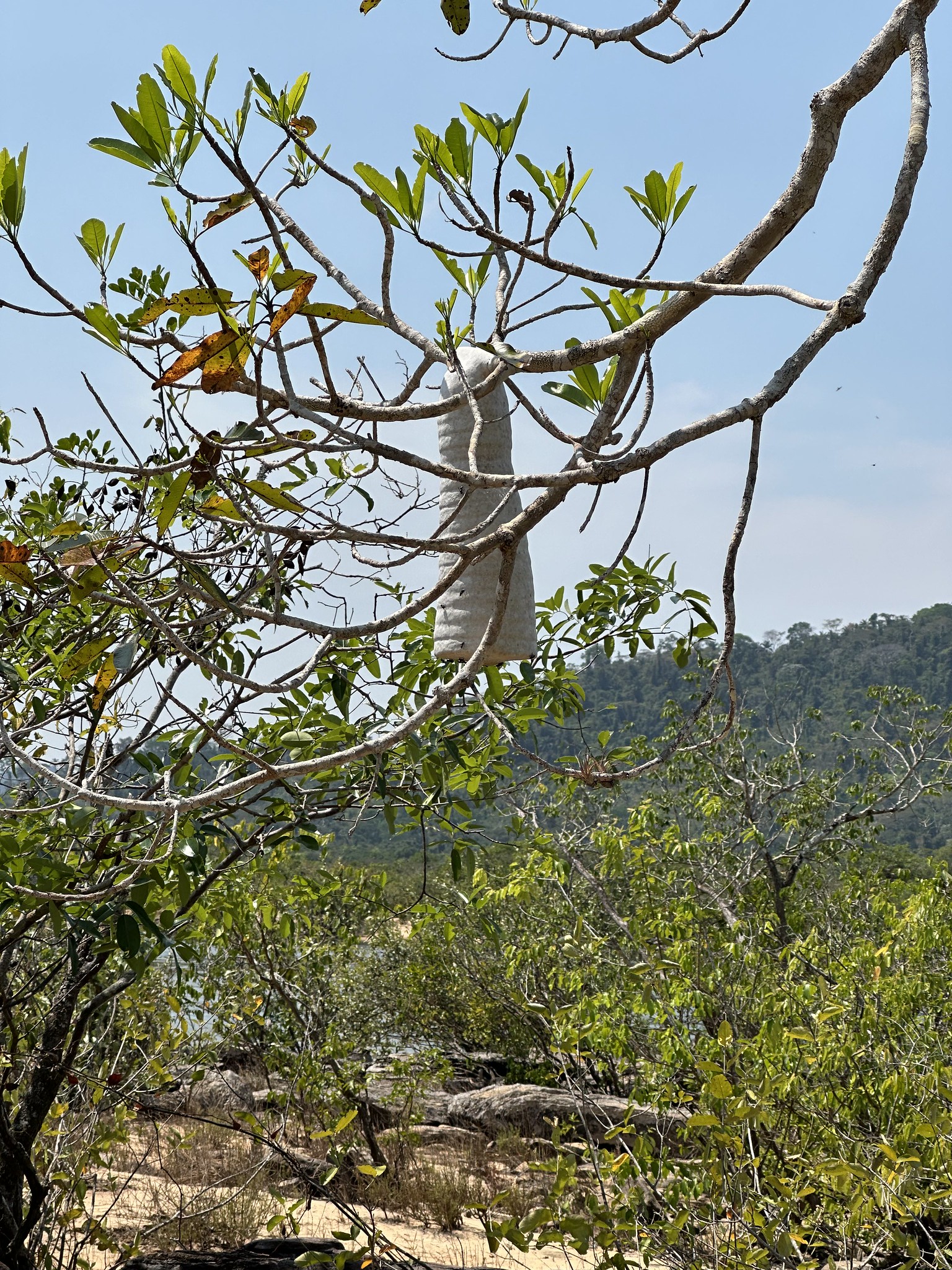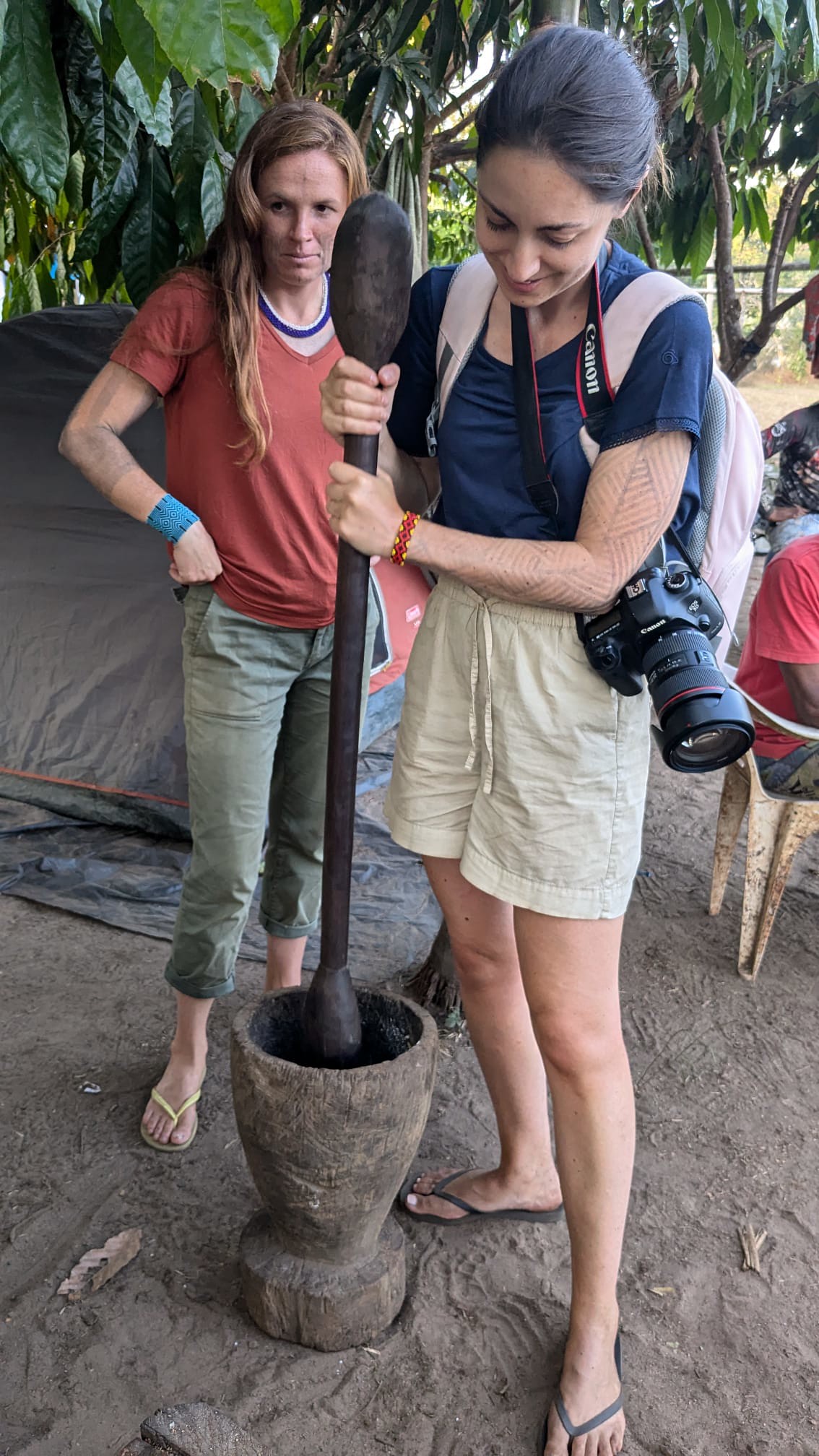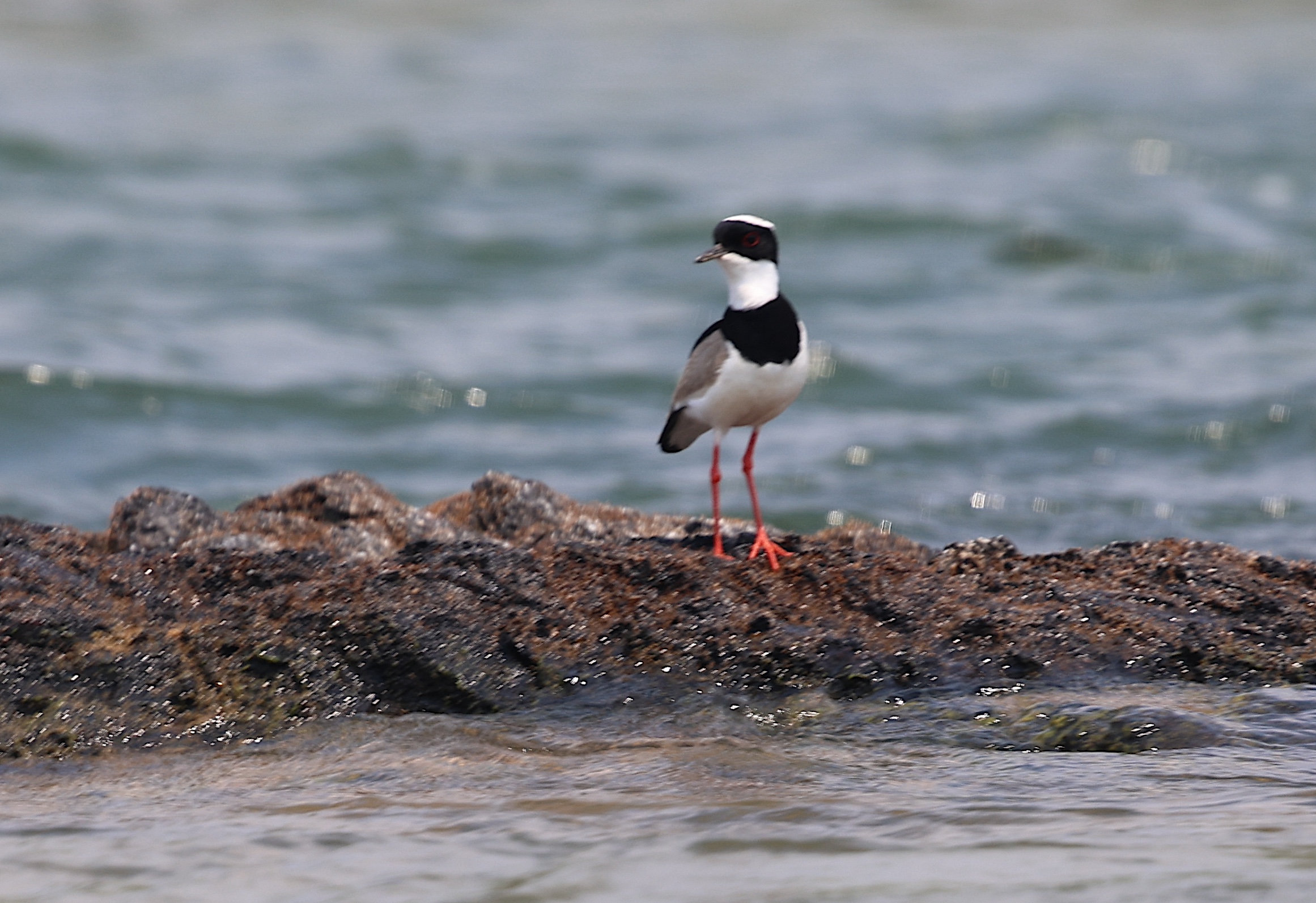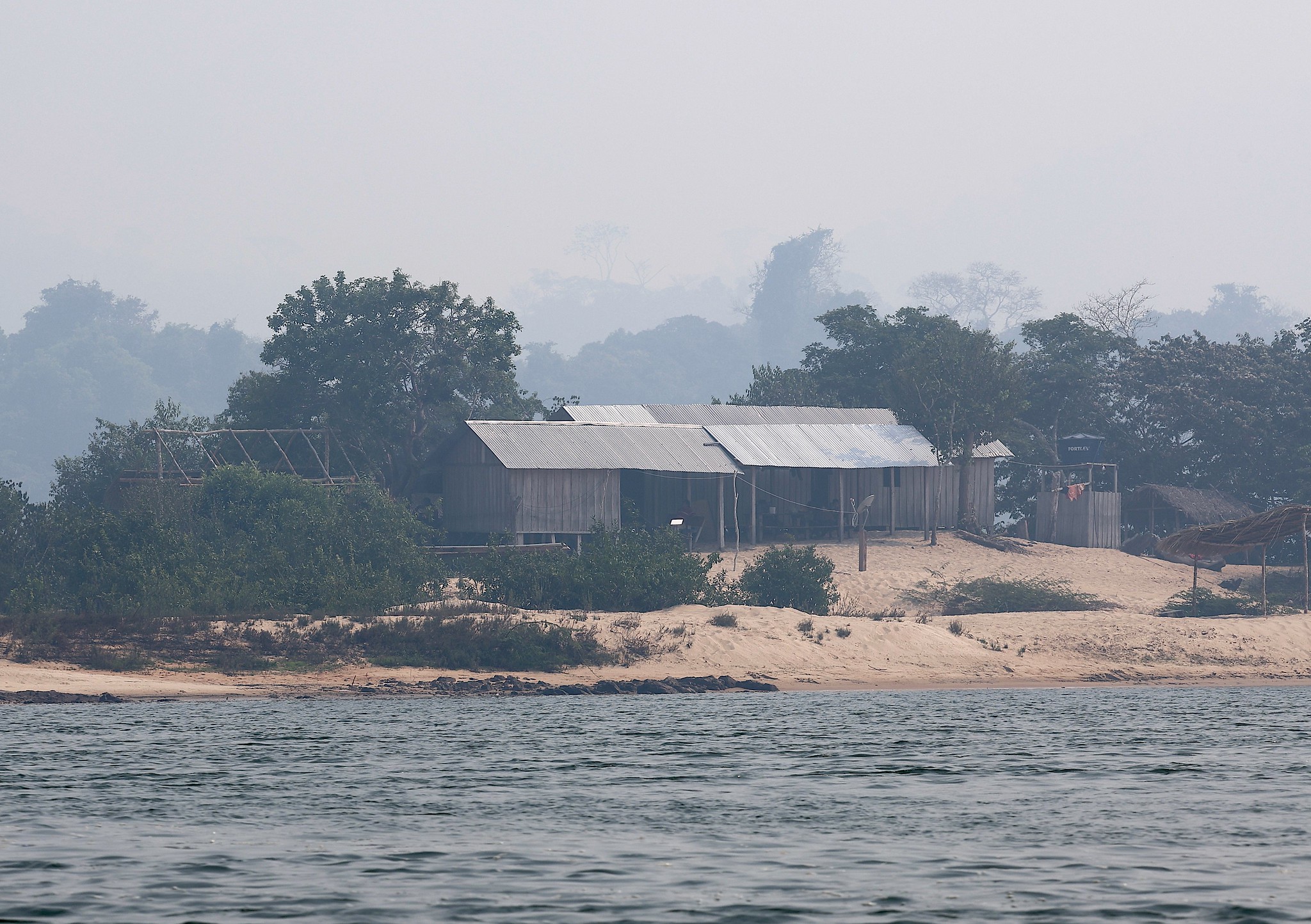Scott's Diary of the Kayapo Field Course 2024
Scott embarked on an unforgettable adventure during the 2024 Kayapo Field Course, immersing himself in the heart of the Amazon rainforest. Along the way, he captured breathtaking photographs and penned a diary filled with vivid stories and insights from his journey.
"I am returning from the Kayapo Amazon with photos and stories, as well as new colleagues, and the hope that we can make a difference."
Day 1 – June 28
Depart Boston via Jet Blue to Fort Lauderdale at 3:50PM. Leave Fort Lauderdale for Belem, Brazil at 10:00PM and arrive in Belem the next morning at 4:55AM.
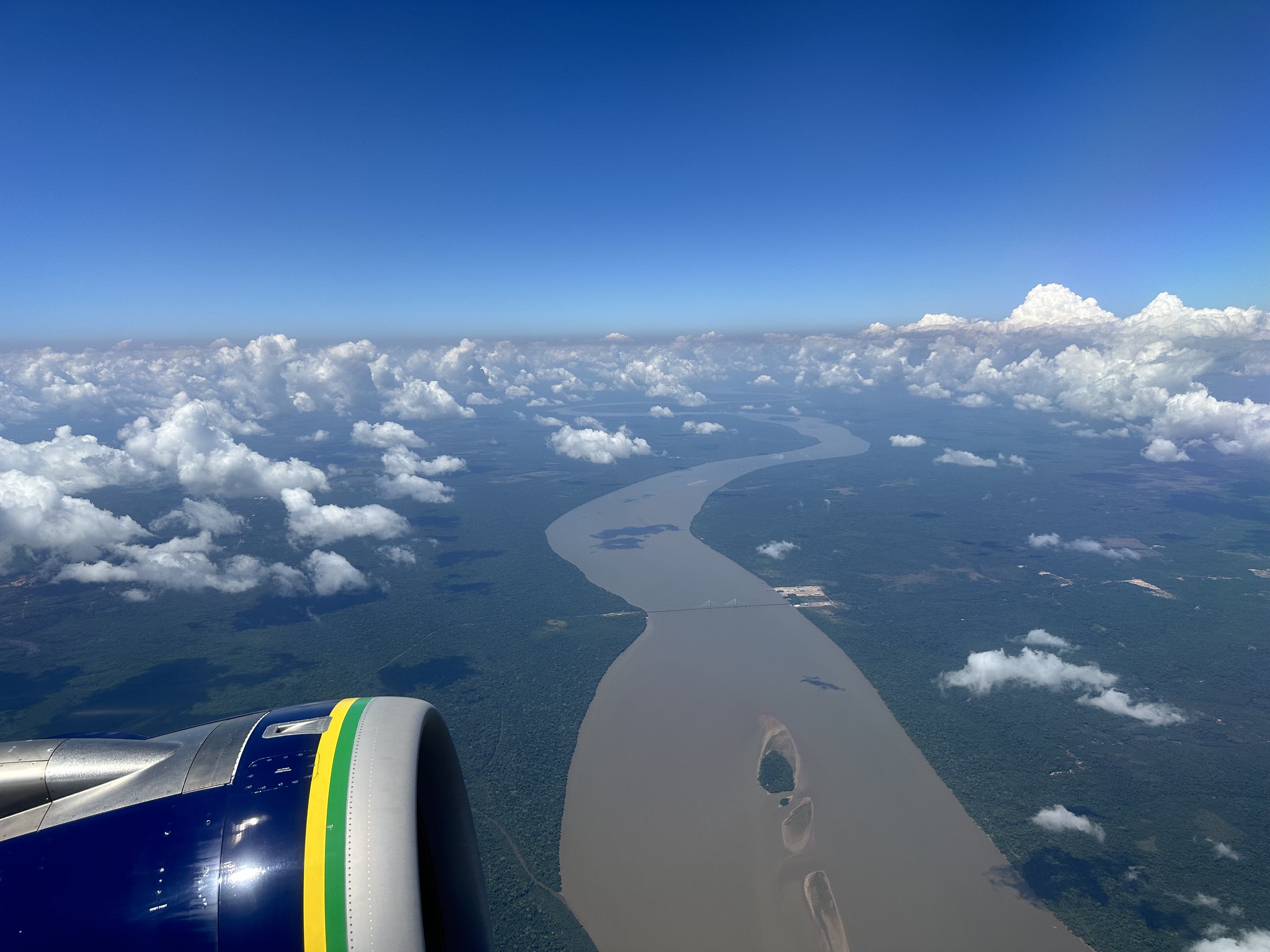
Day 3 – June 30
Evening walks along the Marabá waterfront and eating dinner out. The Marabá waterfront called “Orla de Marabá”, seawall on the river that extends at least a mile or two, with many places for locals to sit, eat at outdoor tables, in restaurants, etc. Lots of happy people with great sunsets to view.
Day 4 – June 31
Our first day of Field Course activities. Morning visit to the Casa da Cultura Museum. Interesting natural history, geology, and Indigenous exhibits. Also, some odd collections such as old vinyl records and movie theatre posters. We also visited the orchid garden (150 varieties), the archaeology center, and the music instruction school. I loved seeing the music school with all the teens learning all manner of instruments from drums, strings, brass, and pianos. We were given very good tours by staff. The lunch place was a high-quality churrasco place with carved meats, and a large buffet where they weigh your plate. It was very good. In the eve we visited a great exhibit by new artists about the Amazon and its people.
Day 5 – August 1
A day of travel by modern bus with AC and Wifi from the central bus station in Marabá to Tucumã. We all departed in the morning for the 8-hour trip, with a lunch stop at a bus-stop churrascaria mid-way. The ride was through countless miles of cattle country and nearly no patches of rainforest. Our field course group are great fun and have fascinating backgrounds and experiences. Sophia from Liverpool is a very well-organized photographer and will be an asset in that category.
Day 6 – August 2
This morning we visited the office of the Associacao Floresta Protegida (AFP) just down the street from our hotel. We had a very good PowerPoint presentation by Matheus Costa about the Kayapo work and things like the Brazil nut business (PI’Y brand). We bought A LOT of Kayapo bracelets, paintings, etc. After visiting AFP, we visited the offices of and had lunch with leadership of Pykore, another Kaypao NGO. After lunch we had a trip outside of town to see a waterfall. This was a spontaneous adventure, and it was great. We traveled by bus/van on narrow dirt trail to a park of some kind, first stopping at a cacao farm. We drove the van as far as possible on the rough road/trail and then walked the rest of the way about ¼ mile or so to the river. The waterfalls were perfect for cooling our feet and other locals were swimming there. I saw and photographed Black-fronted Nunbirds and other species. This evening Barb Z joined us we had dinner next door to the hotel at Old West.
Day 7 – August 3
The big day…after a 2-hour private bus to Sao Felix da Xingu, we arrive on the banks of the Xingu River for our boat travel upstream to the Lodge. At the 4 boats we noticed there are dozens of boats heading out with recreational fishermen for a big fish tournament. All men, wearing matching shirts plastered with advertising, as if
they are representing countries in the Olympics. All racing upstream to the primo spots to catch Tucanare (peacock bass) and whatever else they are after. For the first 3
hours the riverine habitat was severely cleared and fragmented. It hasn’t rained much in the past couple of months, so there are many large, exposed orange sandbars. These sandbars are critically important to nesting terns, plovers, and skimmers, as well
as many species of turtles.
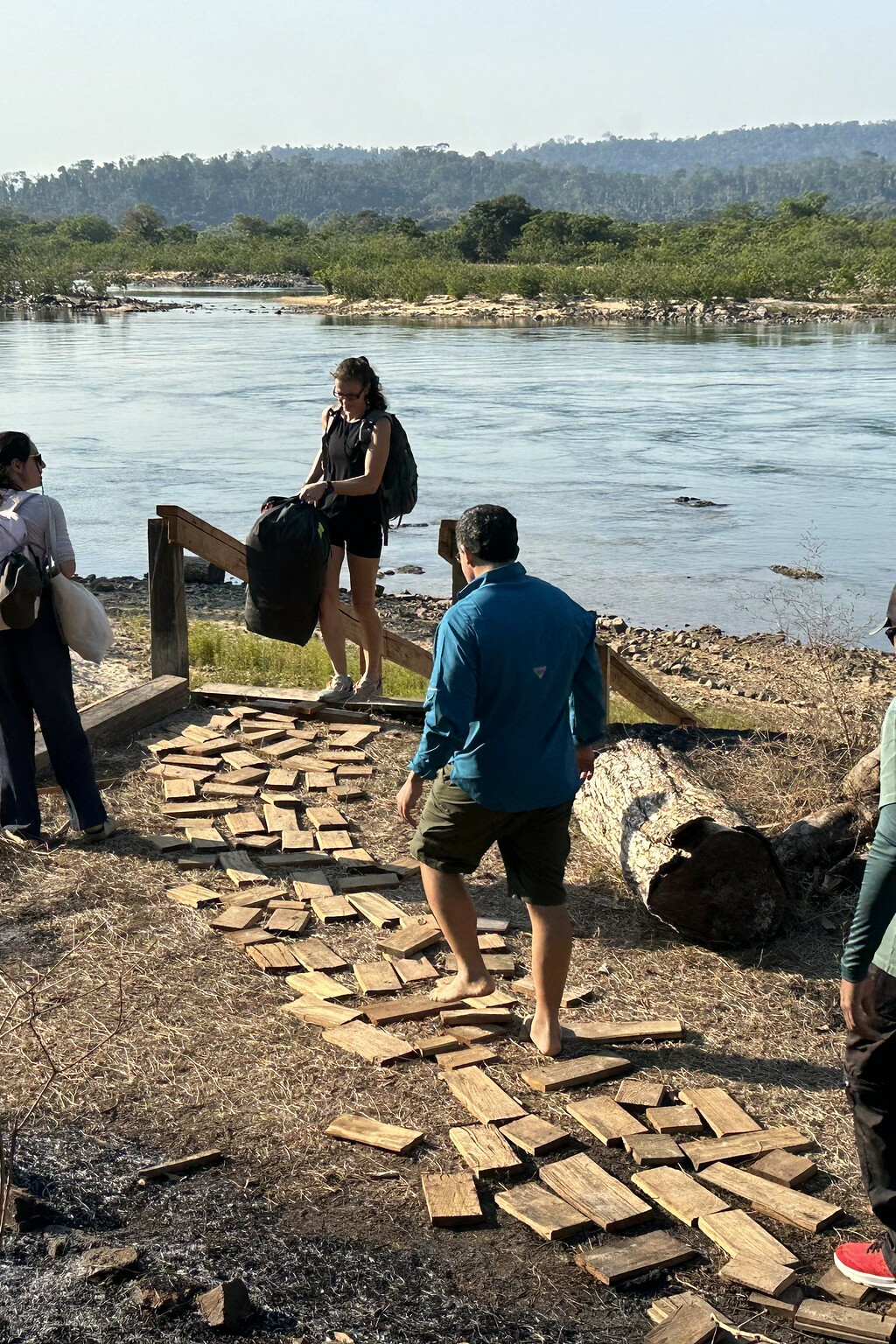
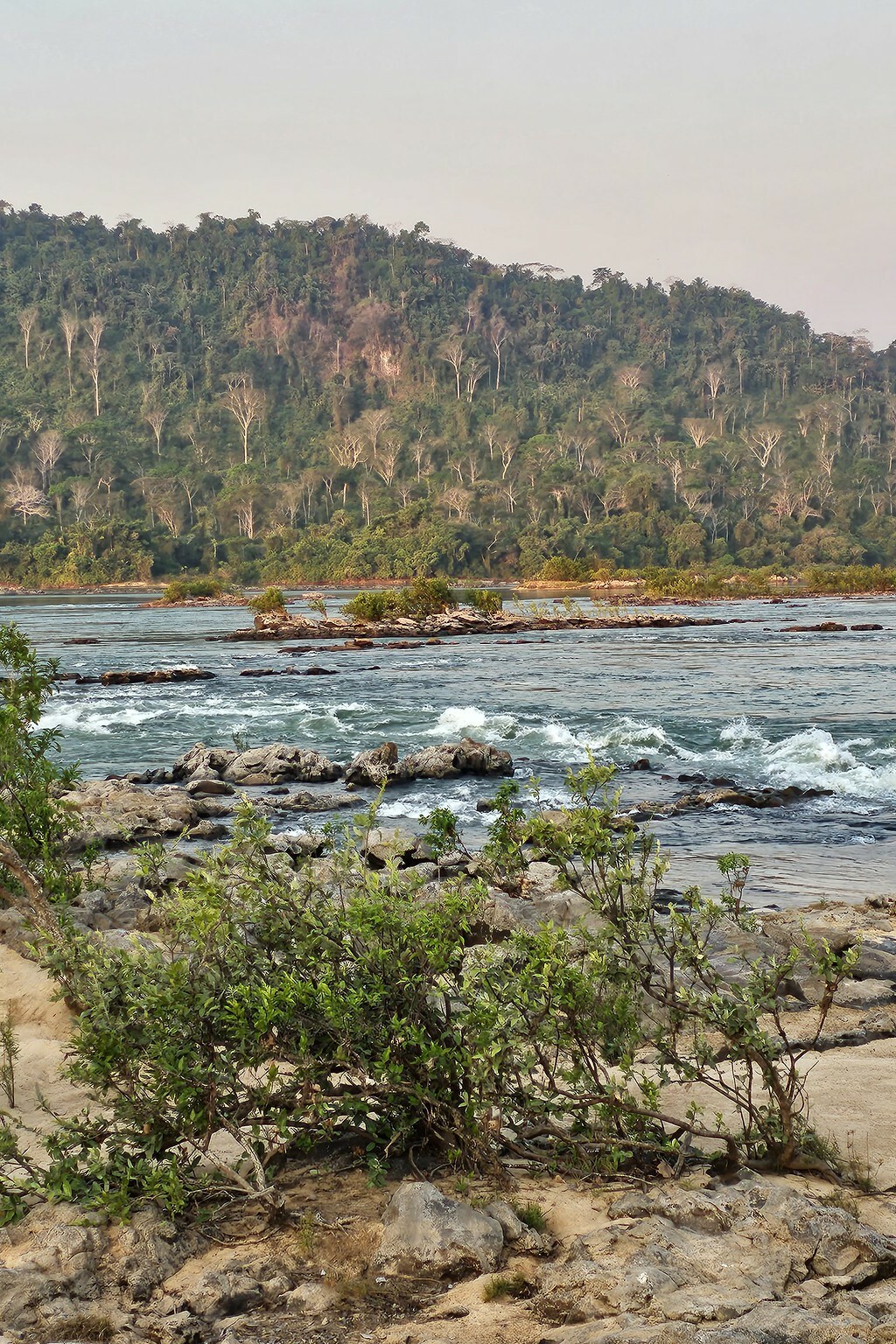
At the halfway point we checked into the Kayapo territory guard station. There are
some simple buildings, solar panels, a TV (to watch documentary movies and soccer matches). I got some photos of the red-capped cardinals, a very showy bird. After a snack of dry sausage and cream cracker we piled back into the boats and continued upstream. From that point upstream there was no more damage to the riverine
rainforests. Bird numbers increased too. About an hour in we began to encounter more and more rapids and low waterfalls. The barqueros (boat drivers) are experts at
missing rocks. The further we went the more impressive the rapids and surrounding wilderness. We arrived at the lodge about 6PM.
The Xingu Lodge
The lodge was built for recreational fishing tourism with Untamed Angling. It is a very attractive, simple wood structure with 4 large sleeping quarters each with 3 single beds, a large bathroom area with shower, sink, toilet and storage shelves. The bedroom area has large open walls overlooking the river, which is nice for sunrise as well as late afternoon light. The big view includes all kinds of birds, such as flocks of parrots and macaws.

We all got to meet Nat Knowles, who is from Canada and has been running the field work with the Kayapo for 5 years. She does know some Kayapo and is very engaged in all that goes on there. After our dinner we had a our “meet and greet” meeting with that Kayapo, who came to the lodge’s big room. This kind of meeting is typical with Indigenous communities and everyone in the community can participate to hear each of us introduce ourselves, followed by the Kayapo that are present doing the same. In general, the Kayapo are shy, particularly the teens. But they are here to learn from us, tech cameras, biological knowledge, and once they get started, they say something about themselves, name, village, the work they do. For about 25 of us this takes a couple of hours to do. It is really a great way to get acquainted and build the beginnings of trust.
Day 8 – August 4
Here at the lodge, we have the cook, Suely. She is Brazilian and not Indigenous. She makes significant, an overly sufficient number of home-cooked foods with beef or chicken or fish, with rice, beans, pasta, potatoes, squash, garden salads, home-made breads, and deserts. To drink we have filtered water, guayaba juice, Tang, and coffee (with or without sugar and hot milk). Morning meals are simple with just homemade donut holes, bread, and a variety of fruit (watermelon, bananas, pineapple.). This morning was dedicated to having our bodies painted by the Kayapo ladies. About two or three women had small bowls of liquid charcoal that they made from genipap fruit, which applied with stiff reeds. They are amazingly precise applying the black “paint” in traditional fish scale or tortoise shell patterns.



Day 9 – August 5
Today we started with a boat trip upstream to large sandbars where we hoped to find animal tacks and turtle nests. We found a turtle nest, which a Kayapo woman dug up to show us the eggs (and kept to eat them later). Juca talked to us about the turtles and nearby jaguar tracks. I found a Large-billed Tern nest, and other species such as Green Ibis, Pied Lapwing, Southern Lapwing, Dusky-billed Parrotlets. Next, we went downstream by boat to Pykakrankre, a small village that was bigger than the one by our lodge. There is an airstrip there as well as a one-person pharmacy, where the pharmacist comes for about 6 weeks at a time. The airstrip can also used to fly fishermen into the lodge.
Day 10 – August 6
Each morning and evening it is likely that tour participant, Felton Jenkins has tried his luck fishing along the river by the lodge. He wasn’t getting much, but I suggested he use my jig head with a rubber fish and that helped. He caught a large piranha near where we swim! The Kayapo use hand lines, and it is very impressive how far they can throw their lures or bait that way. They also catch a lot of fish such as Vampire fish, Piranhas, Peacock Bass, Pacu, and many others. This morning, we continued to deploy camera traps and I did some nature photography of birds, butterflies, plants. Got a nice shot of a White Hawk over the lodge. In the evening there was a major hatch of “May flies” that were so think they swarmed by the thousands near lights and on the screens. I wondered if they were gobbled up by the local fish species. There are hundreds of freetail bats living in the walls of the lodge and they were out in force.

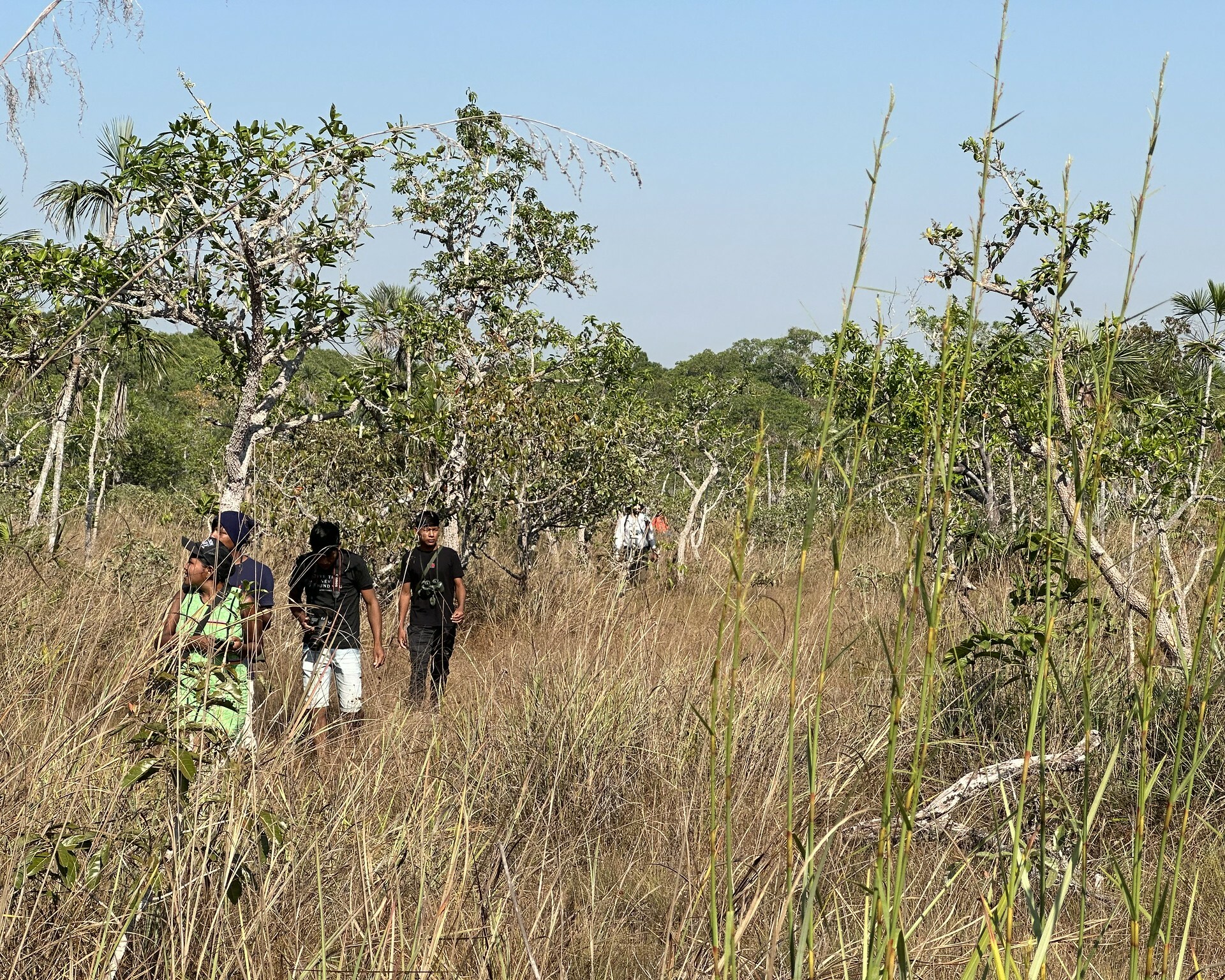
Day 11 – August 7
This morning we went on a longish hike to the cerrado led by Takaknhoti. First, we took the boat about 20 minutes upstream, parked in a quite tributary with still water. We learned that this area had a lot of electric eels and I saw one briefly swim into some roots on the bank. The Kayapo take the eels seriously as they can pack quite a shock if you are in the water near one. They do eat them if they can get them. It was interesting to hike out of the forest onto the open grassy, dry forest cerrado. The Kayapo go there for specific plants that are used for medicines or other utilitarian purposes.
Day 12 – August 8
Each morning I wake up at 5:00 to the gorgeous sunrise on the river and the loud snoring roar of Howler Monkeys. Then the bird chorus begins, and I turn on Merlin app to see what it says. For starters, Merlin says it knows fewer than 38% of the birds in this region. This time of day there are great flights of Chestnut- fronted Macaws and random bunches of other species such as the Red and Green Macaw, Blue and Yellow Macaw and the larger Hyacinth Macaw. The latter is almost always in pairs.
Barb Z arrived at dinner time and joined our merry bunch. Natalia was determined to make a pinhole camera from a large cardboard box. It took her a while to find what she needed, but she knew what she was doing. (a day or so later she scrounged up a magnifying glass and then the camera looked great. Barb brought a box of the new Kayapo long-sleeved camo guardian shirts, which were a big hit and given to all the Kayapo). I notice I was coming down with some kind of a cold.
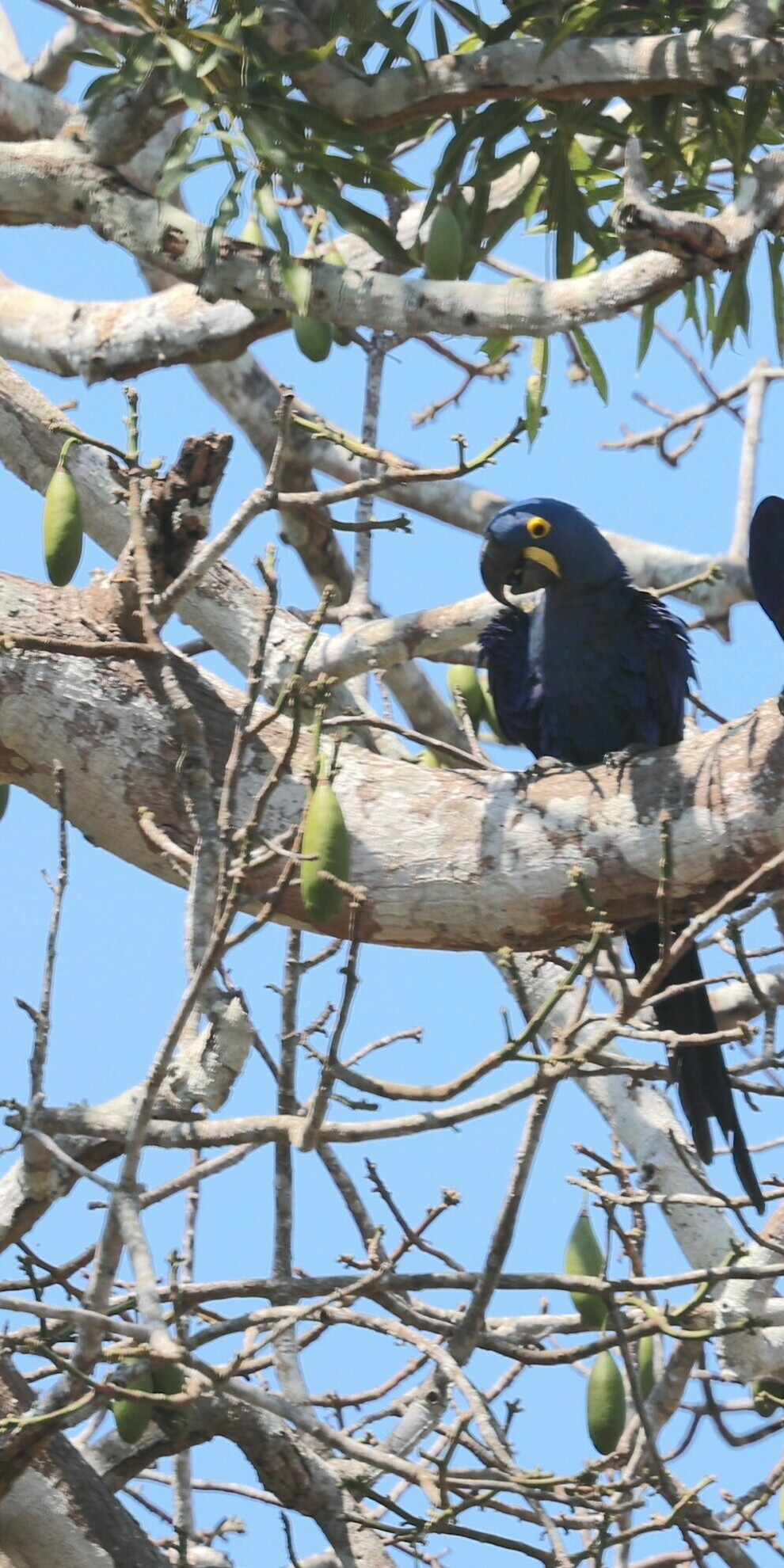


Day 13– August 9
My cold continued and spent some time in bed. I had to take it easier this morning with my cold. The gang also took things easy with Natalia leading a drawing class with a group of Kayapo. They all drew trees with lots of individual leaves. This morning the gang left to go camping overnight, but Natalia stayed behind with me.
Natalia made the Brazilian desert known as brigadeiro (basically condensed milk and cocoa cooked down like a soft fudge.). It was very tasty. I walked about taking nature photos.
Day 14 – August 10
This morning I broke out my stash of NH maple syrup and I made apple pancakes for Natalia and Suely. They turned out very well. Regardless I spent some more time in bed and did some bird photography around the village and lodge area. The campers returned in time for lunch. The camping trip went well, and they cooked fish on the fire. On the way back they collected some of the camera track memory cards that we deployed a few days earlier. We looked at the camera trap images and movies about the Kayapo that night. Lots of Kayapo came for this and the popcorn. We watched the films on my bedsheet. As it turned out we just watched the documentary movies and saved the memory sticks for tomorrow.

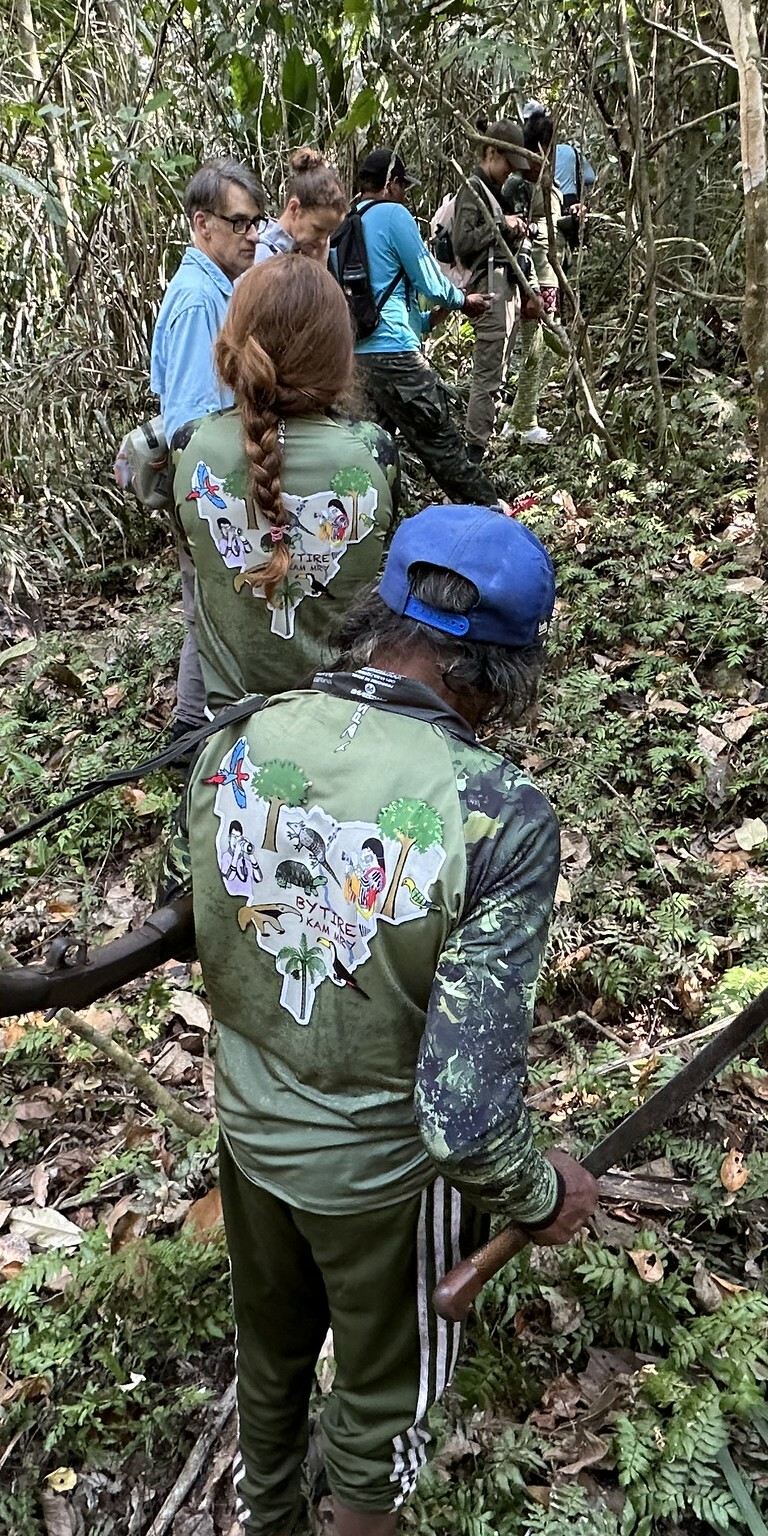
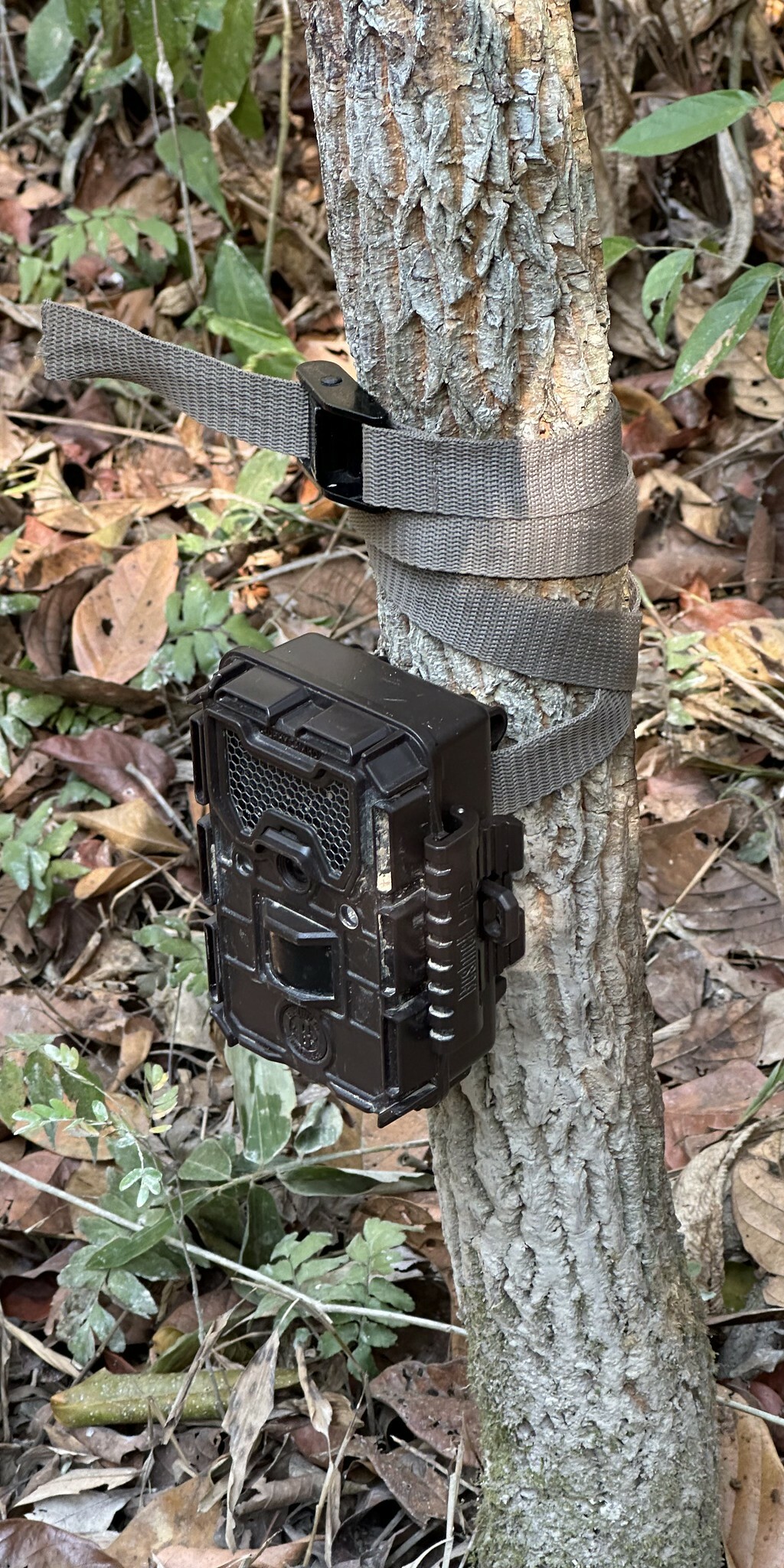
Day 15 – August 11
This morning Takaknhoti lead us with many young Kayapo to set camera traps and find Spider Monkeys. All went as planned. We went SW from the lodge straight back into the forest. All the Kayapo wore their new camo shirts and carried cameras. We set camera traps in locations where there was still a bit of mud despite the dry season. These spots attract many mammals, birds, butterflies. We also learned about Brazil nuts, and they easily opened the cannonball-sized hard fruits and extracted and peeled the nuts with their big machetes. The Brazil nut trees are common here and are the biggest straightest trees around.
In the afternoon we learned about the mammals that the Kayapo eat such as peccaries. The margins of the village are “littered” with cool looking skulls and turtle shells. Among the many peccary skulls were pacas as well. As afternoon went into evening I tried my luck fishing in a boat with Felton. We went upstream 15 minutes and floated down through the rapids. There are so many fish in this river, but they only stay on the lure for seconds as the barbs were removed and they throw the lures on the first jump.
Day 16 – August 12
This morning we headed out to set more camera traps on the eastern side of the river. This was another pretty long walk though dry floodplain forest to much wetter barreiros. On the way we disturbed a bee nest, and all had to run in all directions. The bees pursued us with vigor, but no one was stung. At the barreiro we found nothing less than highways of tapir tracks, and a few nice prints from jaguars. It was a great place to set the traps. While there we test flew the drone around to photograph it from the sky. I photographed two “good birds” …King Vulture and Blac-throated Piping Guan.
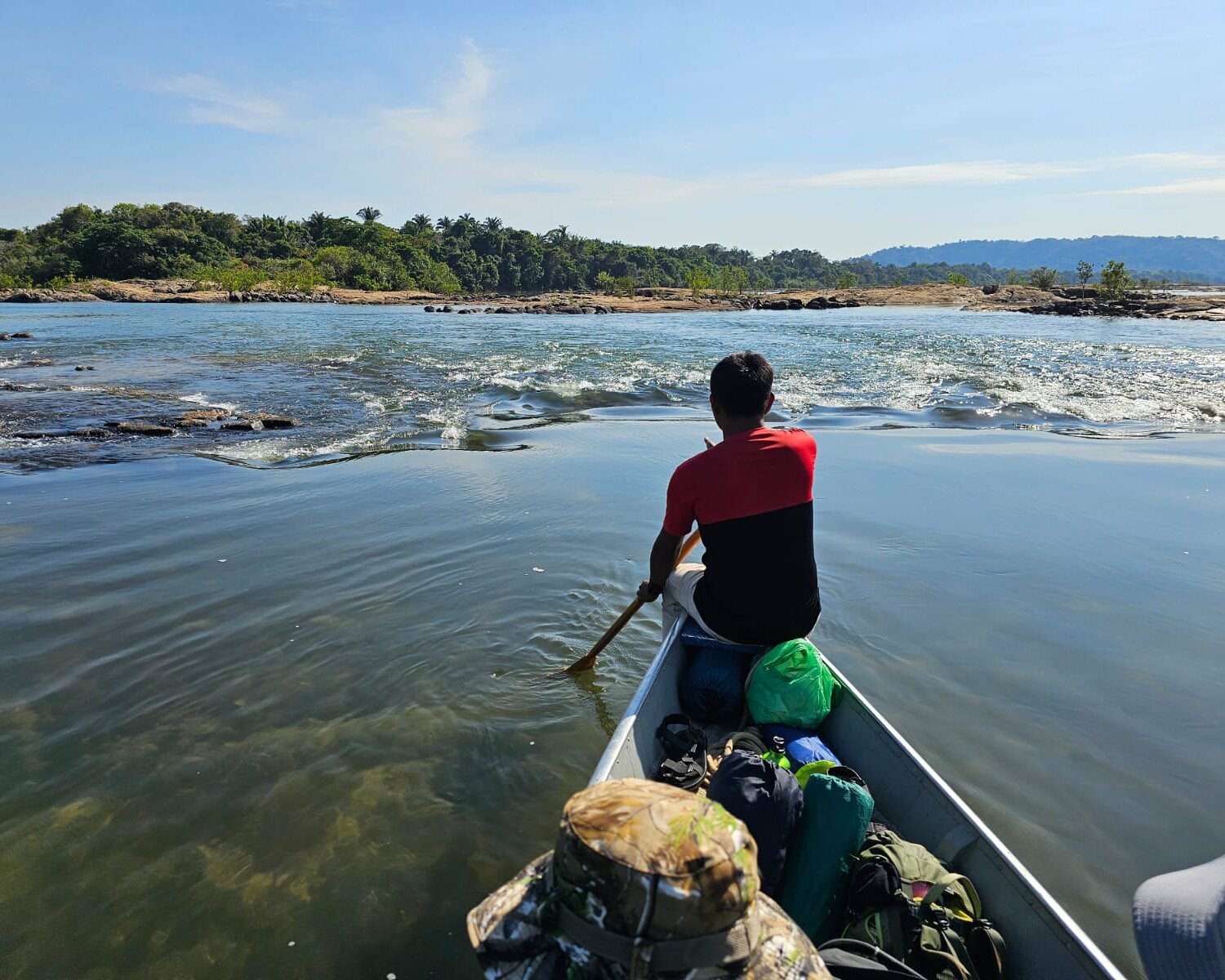
Day 17 – August 13
All good things must end! We followed Matt’s orders (more or less) and were almost in the boats by 8AM to start our journey back out of the Kayapo territory. We had a comprehensive goodbye with the Kayapo in the center of the village, and it was clear how sincere all the new friendships were with many Kayapo. A lot of pictures taken, and thanks given (Mexkumrej). Many in the group could not hold back the tears. We were all changed by this incredible 11 days with them.
Day 18 – August 14
We had time before our departure to Marabá for one more visit to the gift shop of the AFP. Again, we searched through Kayapo arts and crafts (jewelry and Brazil nuts) and came out with plenty of treasures. We all boarded our bus for Marabá and departed about 10:30 or so. Some of us (Juca, Christiney, and Natalia) would stay on the bus at Marabá (after 8 hours of travel) to continue another 12 hours to Belem. This ride was like the one that brought us there, but this time the Starlink Wi-Fi did not work. Also, when we were within that last 15 km on the approach to Marabá, that bit took at least 2 extra hours due to a traffic jam for the 25 th anniversary of the agricultural fair.
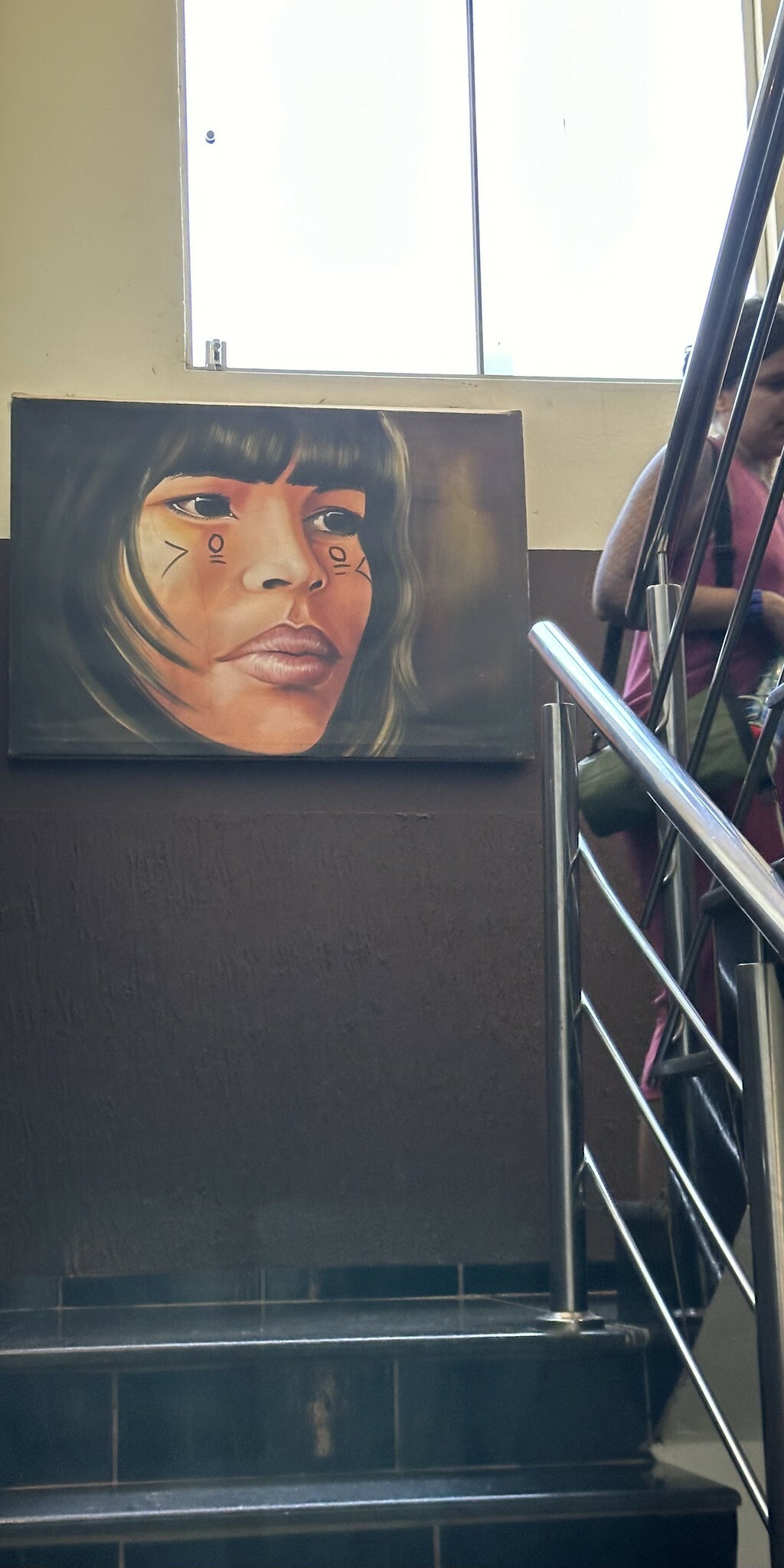
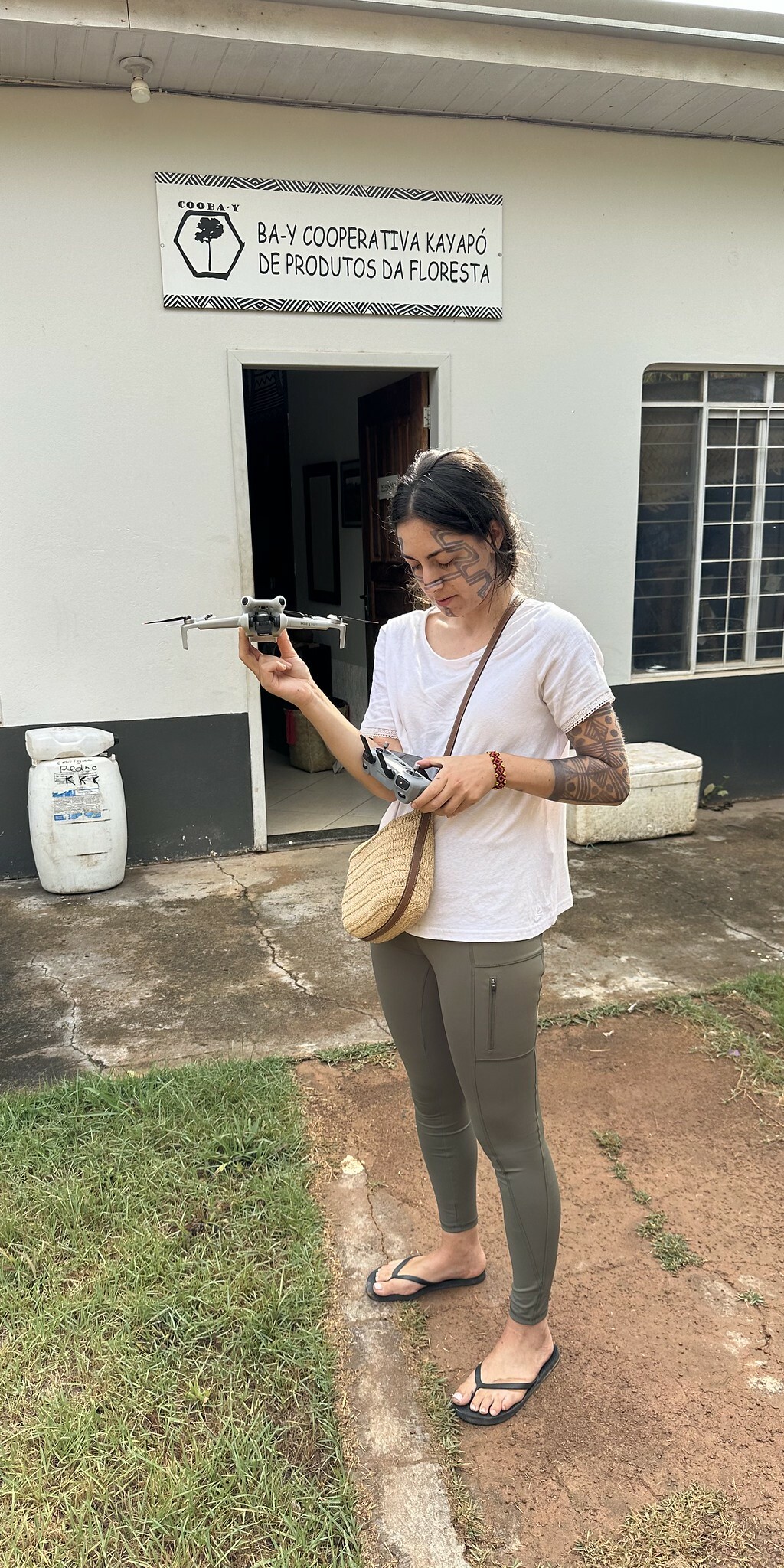
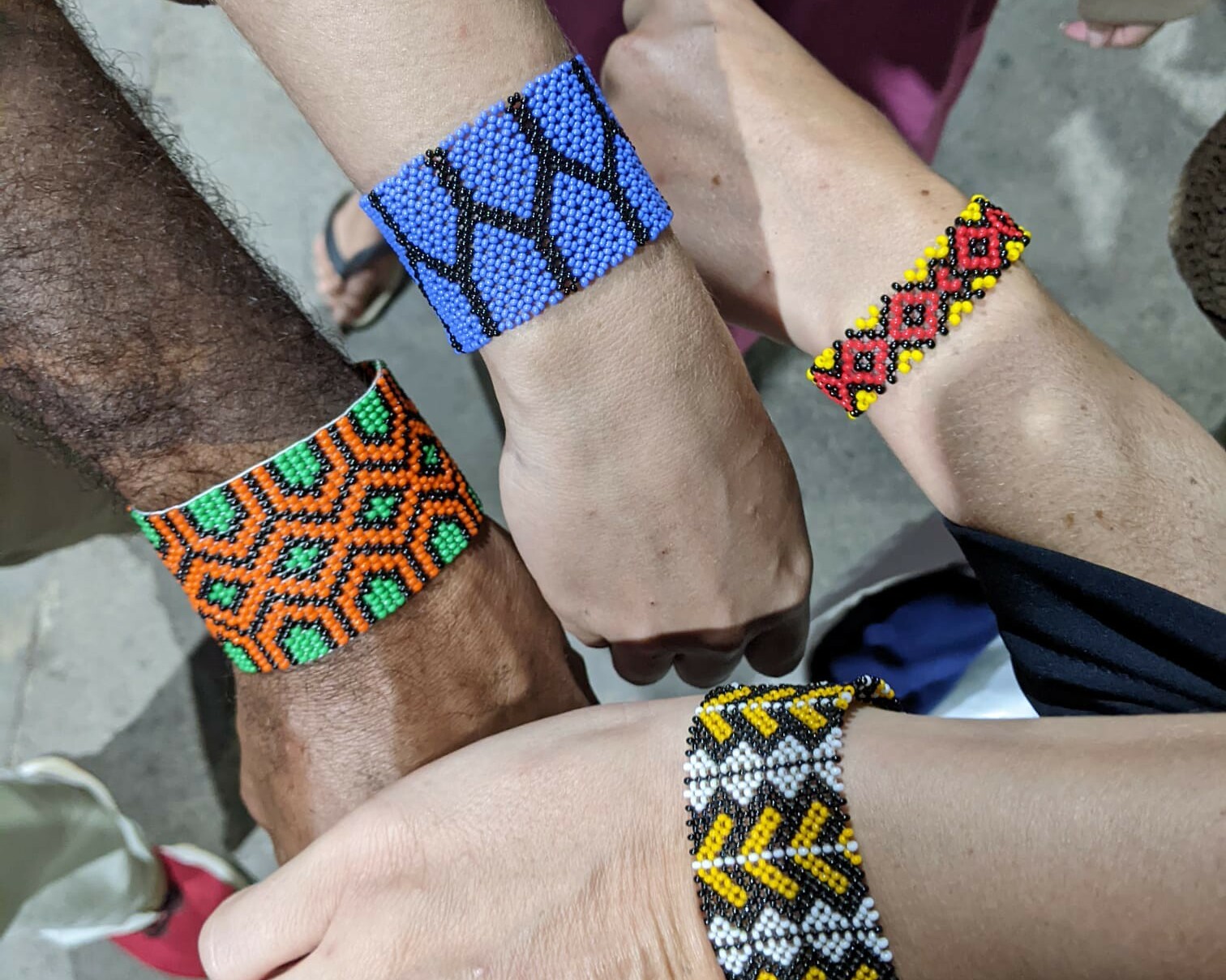
Day 19/20 – August 15/16
Вe said goodbye to Sophia and Felton who had flights in the afternoon. I hung out with Vero and explored Marabá. For our last evening Matt joined us for dinner at the hotel after returning from the airport and then we set our alarms for our taxis to the airport later that night. I flew from Marabá to Belo Horizonte at 2AM and Vero flew around 4AM back to the US. All went well! Thank you! Matthew!
Designing and running a “Field Course” or tour like this, in a location this remote in a wilderness setting is no easy task! I think all of us (participants) would agree the jam- packed, education-oriented itinerary was accomplished as planned. Even the extensive amounts of travel by plane, bus, and boat all happened without incidence and on time. Mainly, we have the ever-upbeat Matt to thank. Always smiling and even adding jokes along the way, he was always there to listen and adapt little changes upon request for those who asked for this or that. There was a remarkable assemblage of talented,cheerful, dedicated individuals. Kudos to the selection of this group of experienced biologists, sociologists, photographers, tourism experts, and more. They not only made the experience rich for each other but offered a lot for the Kayapo participants. – Scott Hecker

